32 reasons to love Labradors
There are so many reasons to love Labradors. It’s official, they have topped the most popular dog charts more often than any other breed – and here’s why
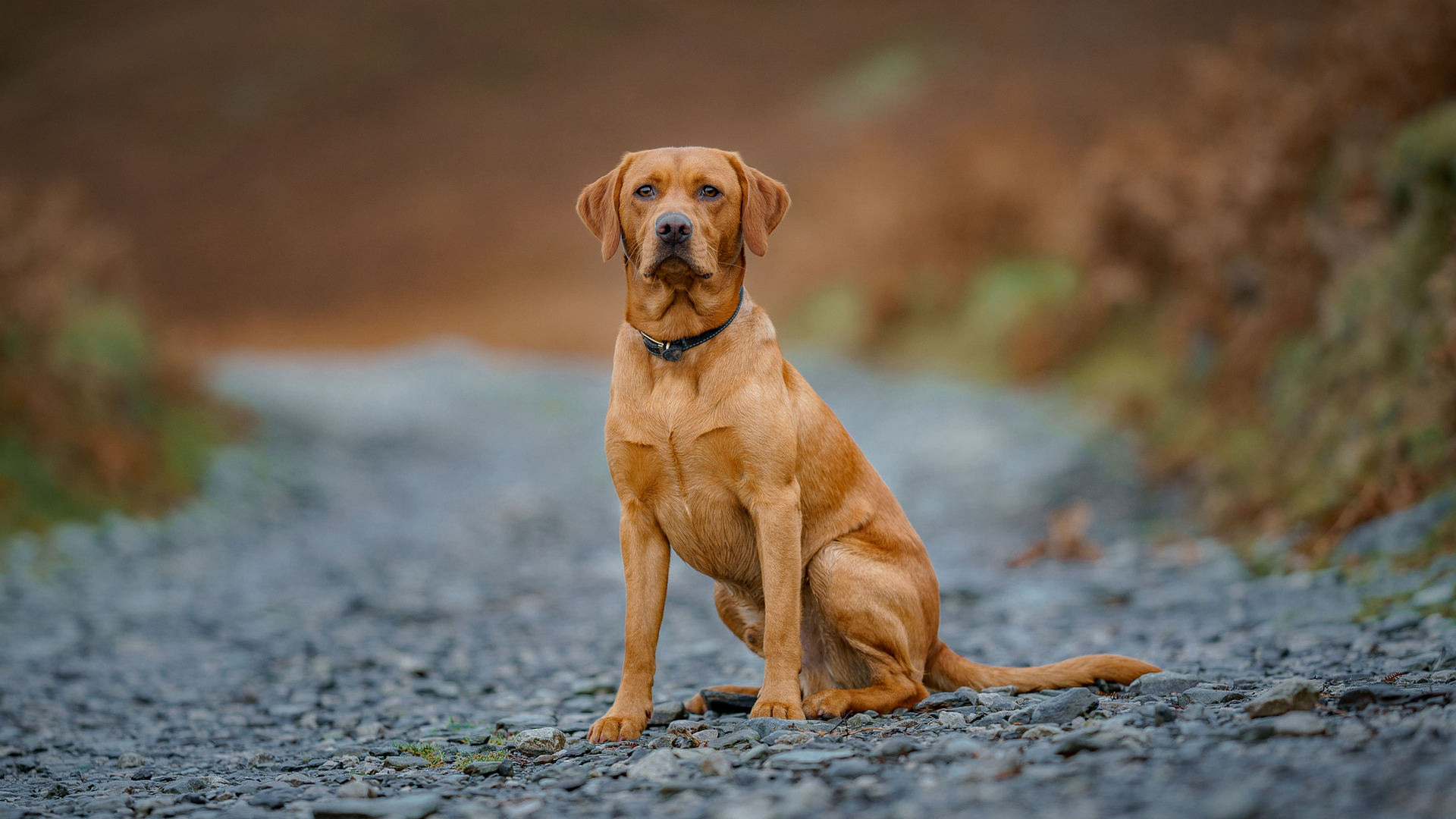
Since 1991 the Labrador Retriever has been the most popular dog in the US every year bar one, according to the American Kennel Club. (And even in its year off, it came second). In Britain, too, it holds the number one spot as most popular pedigree breed. They appeal to a wide variety of people, as there are so many different reasons to love Labradors Retrievers.
The breed, which originates on the island of Newfoundland in the province of Newfoundland and Labrador in northern Canada, was initially used as a working dog to help fishermen retrieve their nets, and lost lines, and pull carts loaded with fish. It was further developed across the pond in England, where its retrieving skills were much admired by the sporting gentry. The Earl of Malmesbury gave the breed its name, and the first breed club was officially founded in 1916.
As its fans know, the Labrador is a pretty perfect all-round breed: whether as a gentle family companion, a working gundog or guide dog.
32 reasons to love Labradors
1. Labradors come in three colours
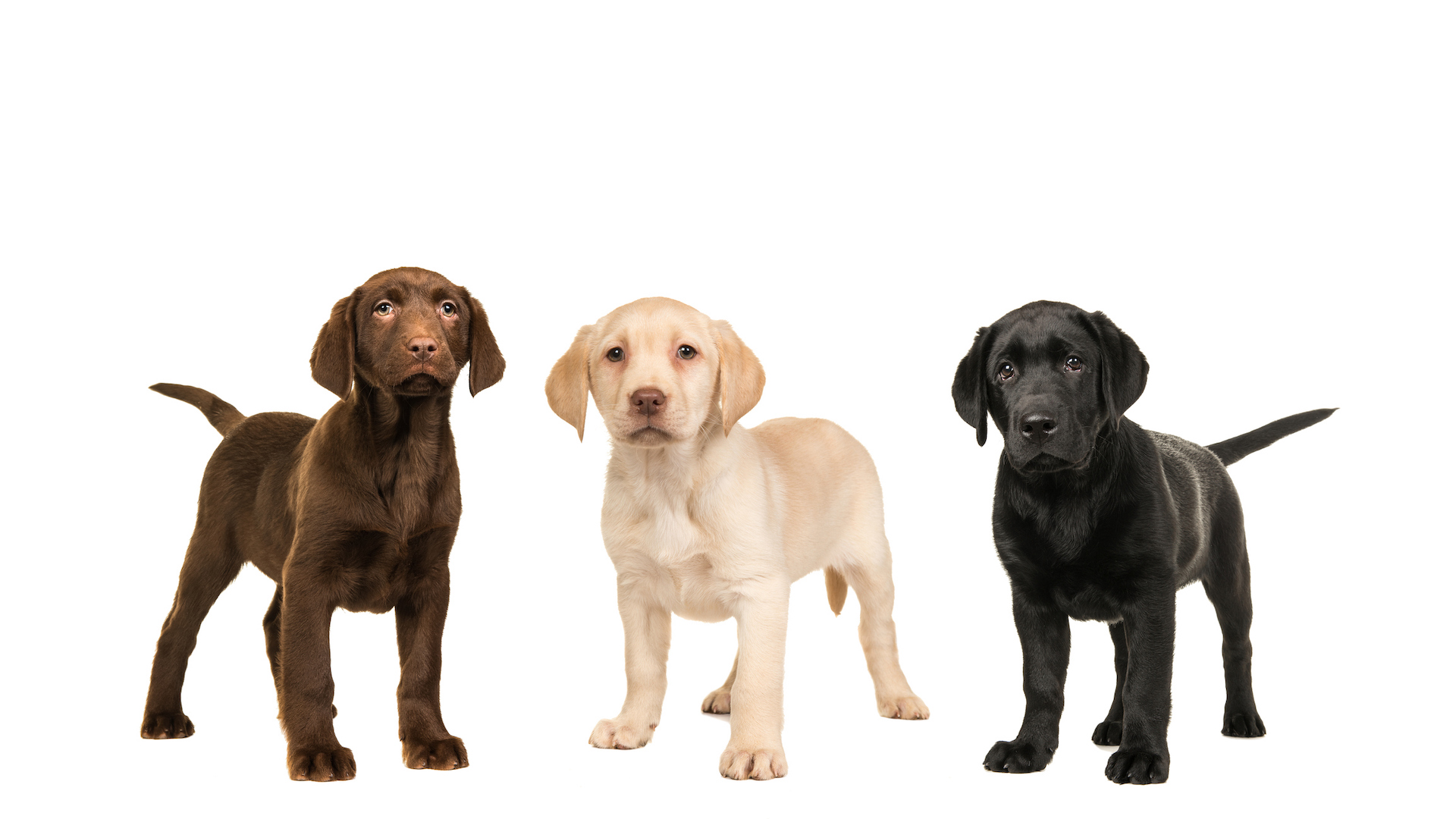
Labradors officially come in three colors – black, yellow and liver/chocolate. Don’t worry, fox-red fans, yellow can range from light cream to orange (termed fox-red), while livers range from light to dark. A very small amount of white is permitted on the chest or pasterns.
And not only are there three colors available, but you can get all three in one litter. How’s that for a variety pack?
2. Labradors love water and are great swimmers
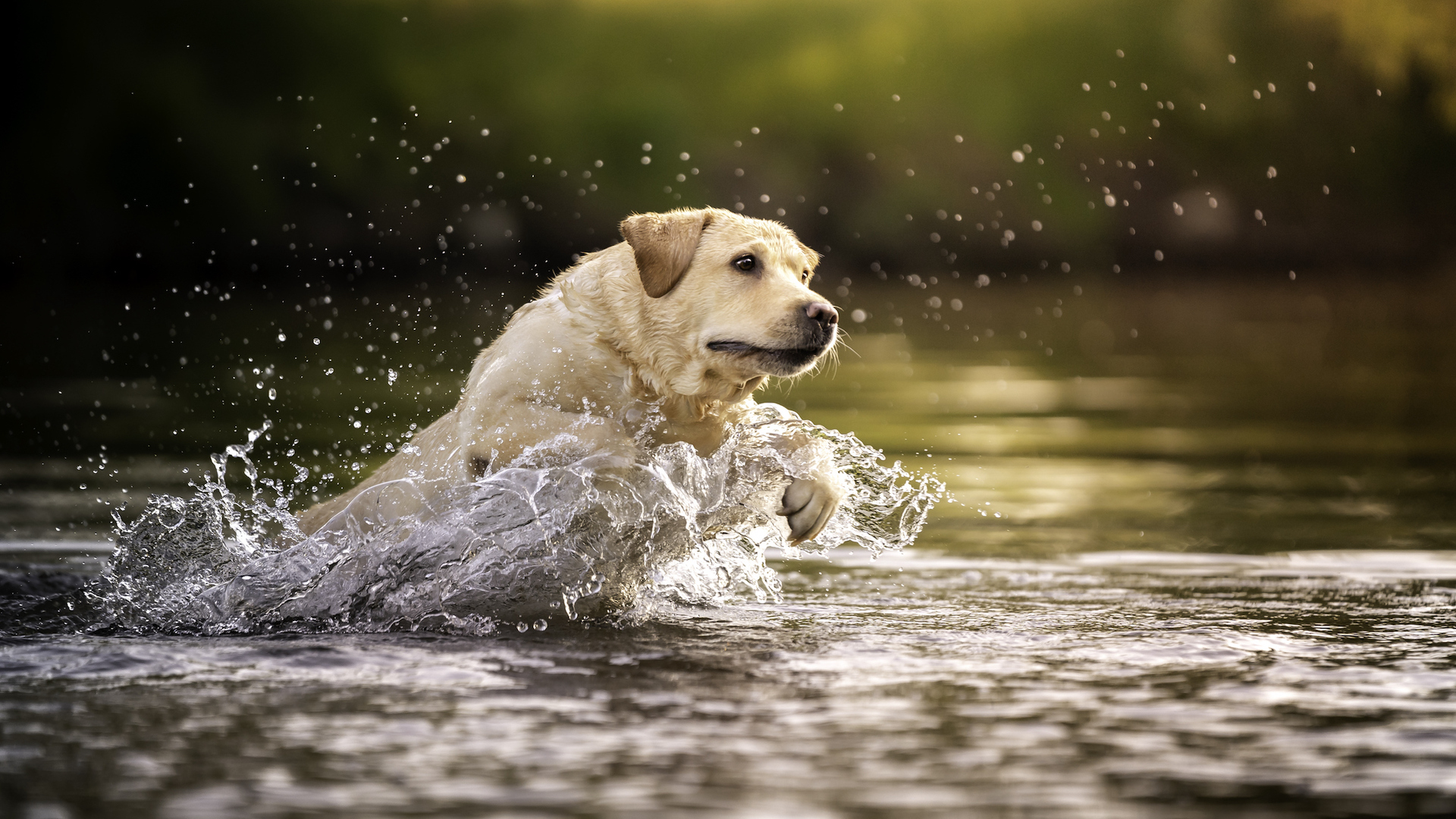
There are few sights more joyful than a Labrador splashing about in a river. Due their heritage as a fisherman’s working dog, Labradors typically love water, and their webbed toes help them be great swimmers.
3. Labradors are intelligent
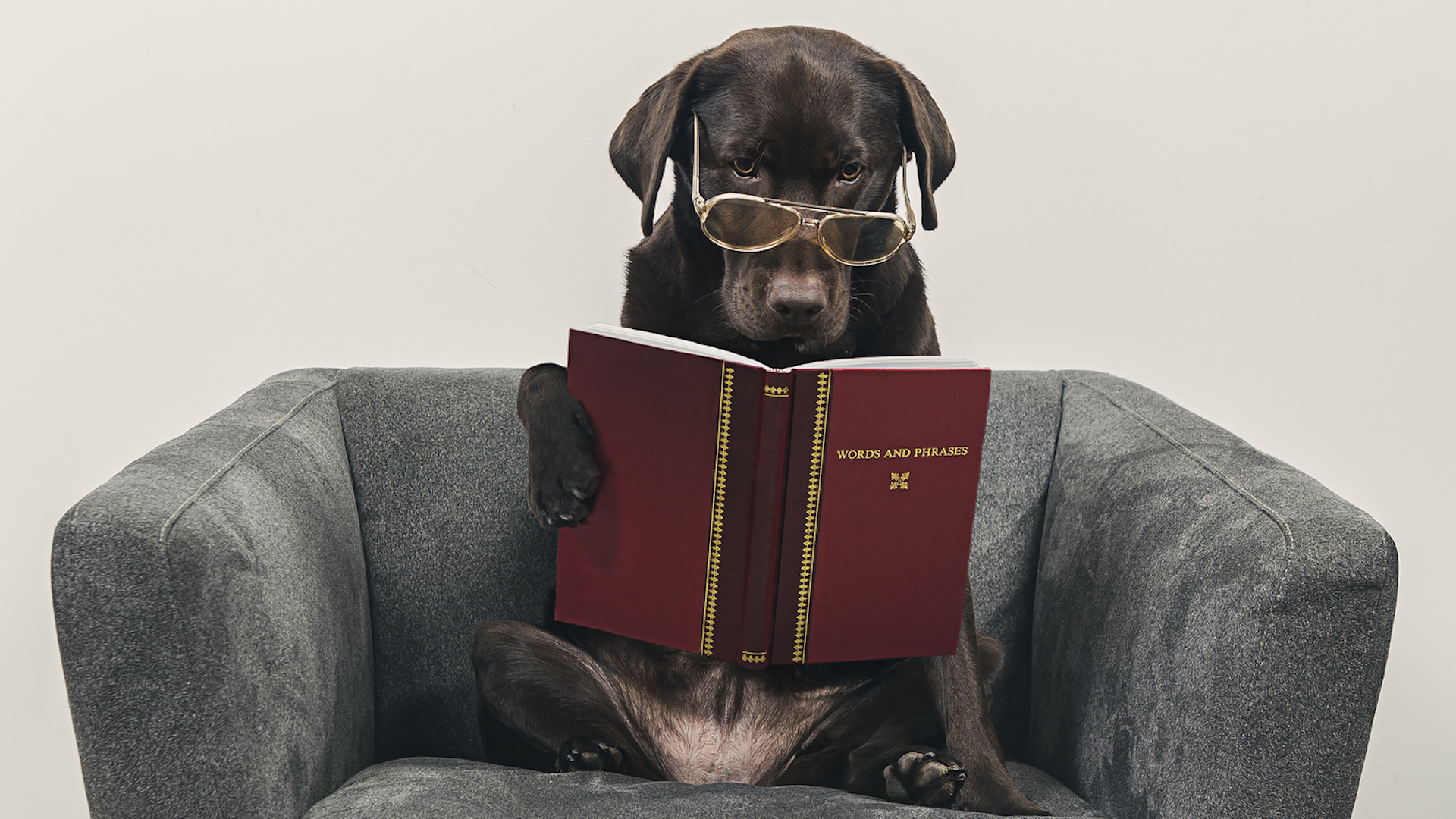
The significance of a high canine IQ is debatable, but Labradors are a smart breed. They are ranked the seventh most intelligent breed according to the canine researcher Stanley Coren (who measures instinctive, adaptive and working canine intelligence), which puts them in the top 3.7% of all breeds.
PetsRadar Newsletter
Get the best advice, tips and top tech for your beloved Pets
4. Labradors make brilliant assistance dogs
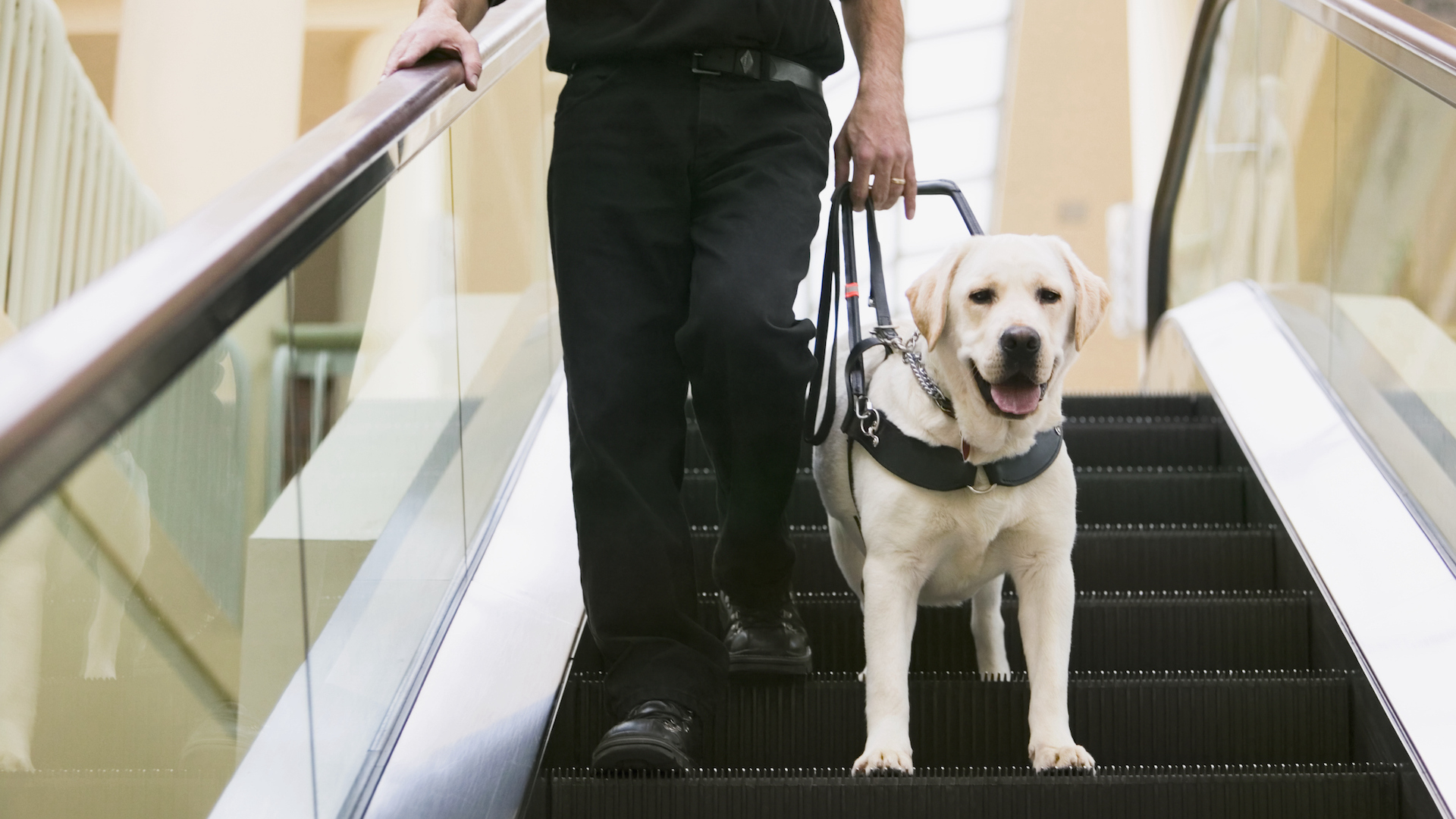
The Labrador Retriever is now the top breed being trained as guide or assistance dogs for the blind, handicapped or elderly – thanks to their trainability, intelligence, kindness and caring nature.
5. A Labrador’s double coat keeps them cozy
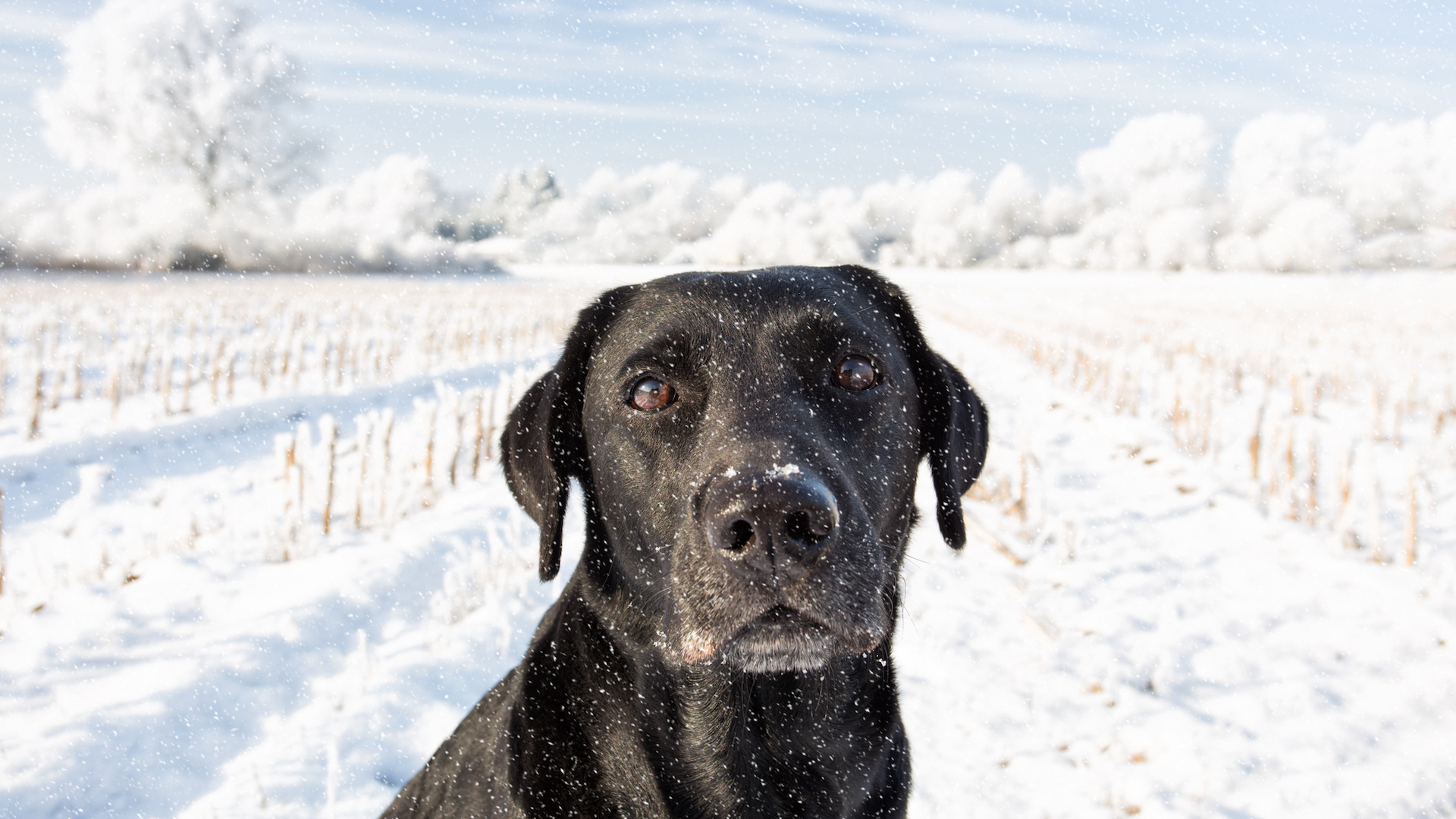
You don’t have to worry too much about your Labrador catching a chill. He has a fabulous double coat: a short, thick layer and a water-resistant undercoat, meaning he can cope with icy water and harsh winters, without the need for extra clothing.
6. Labradors are a family favourite

Labradors make excellent family dogs because they are kind, gentle yet strong, energetic yet easy-going and love companionship. They are known to be good with children and not easily flustered or overwhelmed.
7. Labrador longevity
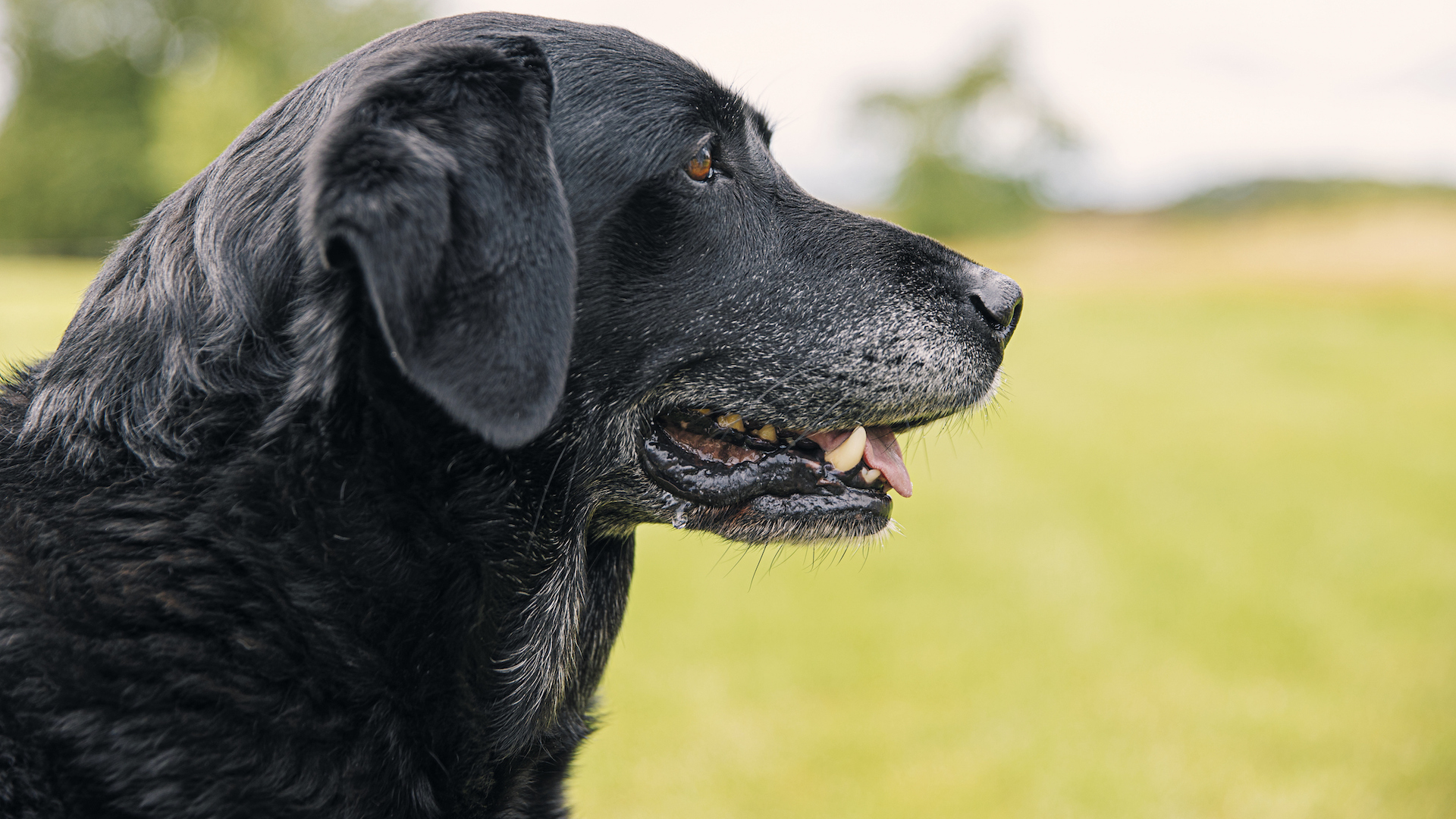
For a relatively large dog (officially they are medium-sized in height, but their strong, sturdy build can make them seem larger), they are comparatively long-lived, averaging 10–12 years.
8. Labradors have bundles of energy
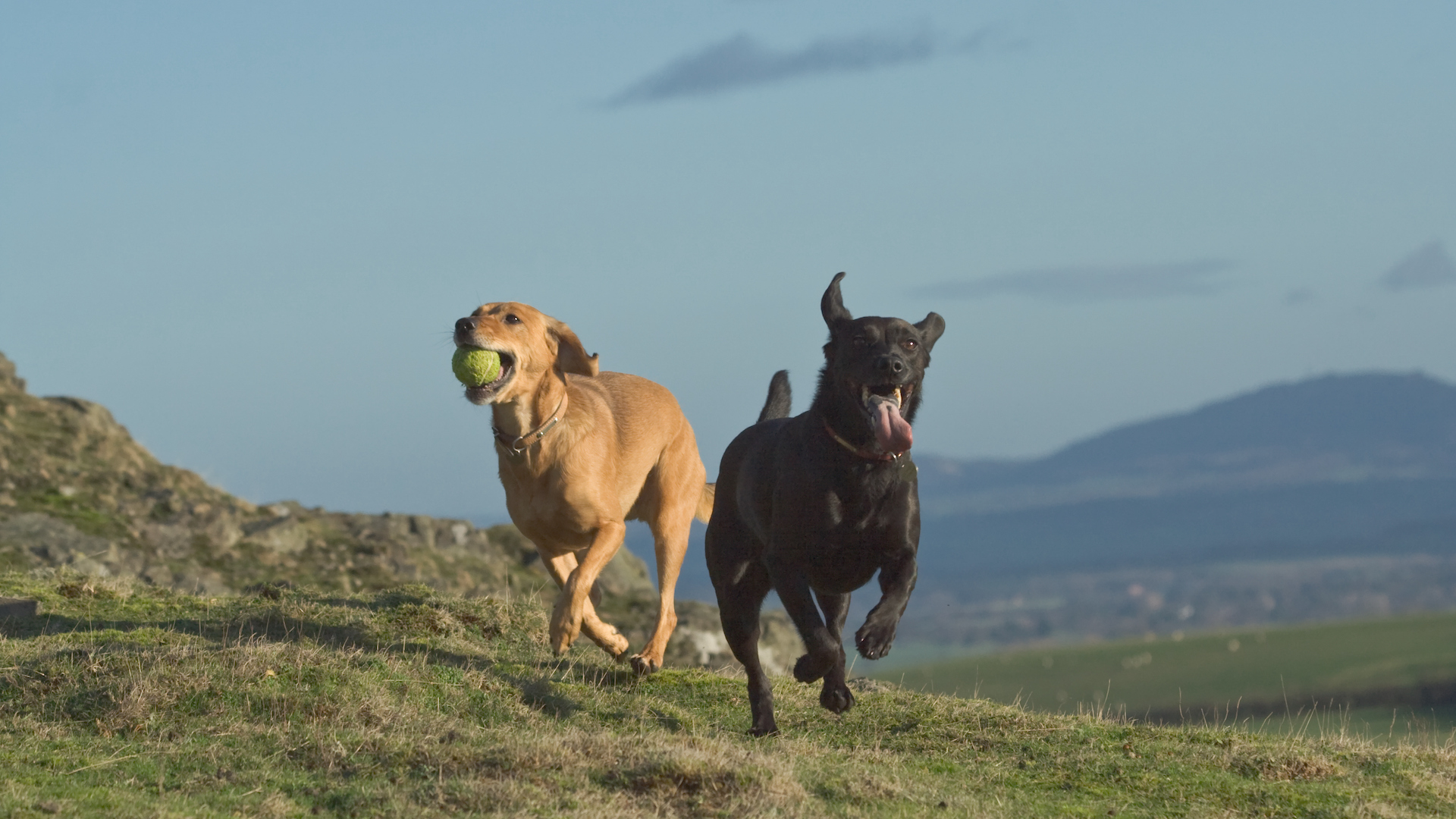
We’re not sure if this is a plus or a minus, but as a general characteristic, a high-energy dog is a lot of fun, a great walking companion and that exuberant love of life can rub off on their humans. What’s not to like?
9. Look into a Labrador’s eyes...
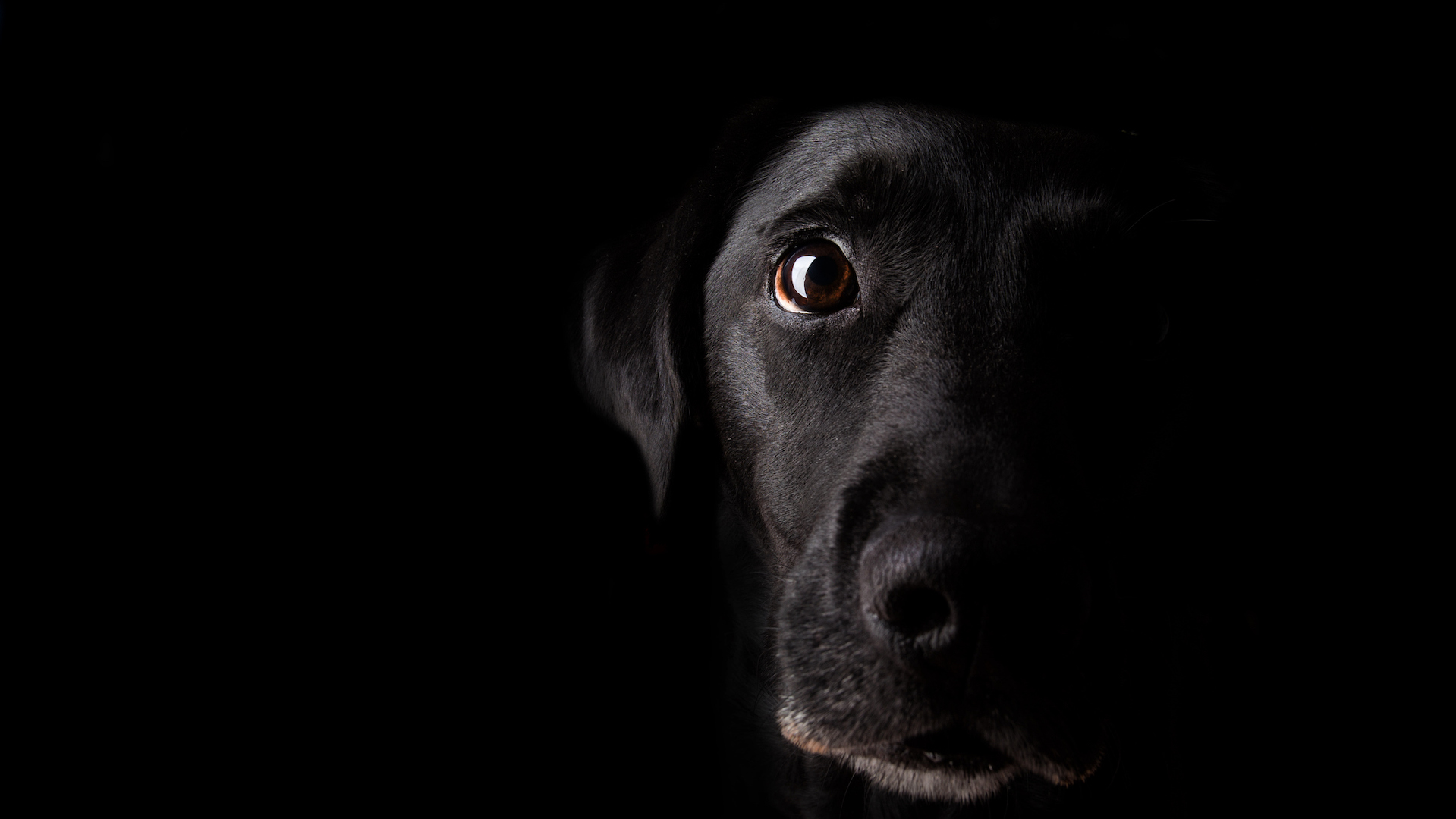
Anyone who falls under the spell of the deep brown pools of their eyes will be entranced forever. They will win you over, bewitch you and become your most loyal friend.
10. Labradors are actually quite fast
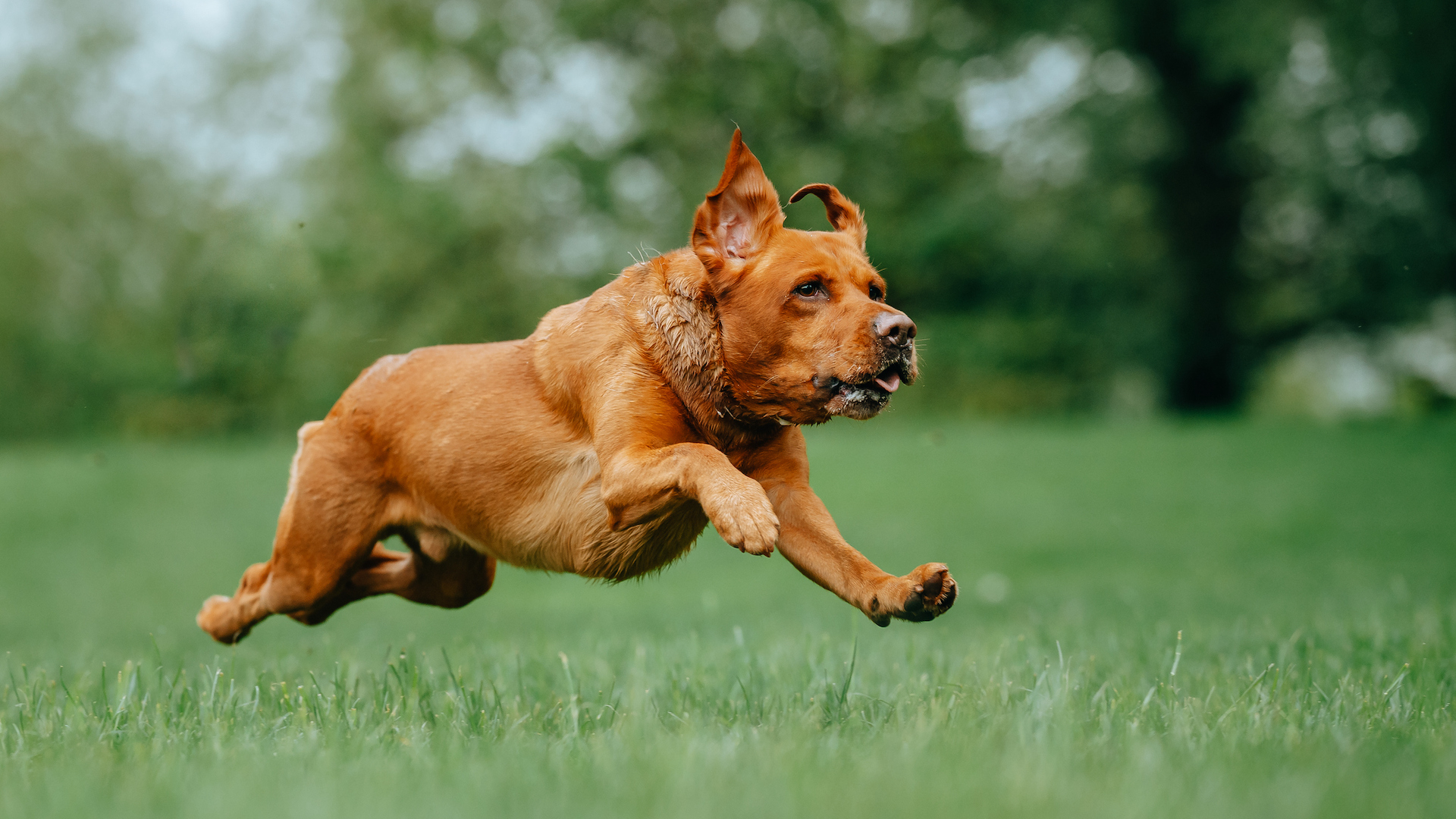
This might come as a surprise given that a Labrador is not built like a Greyhound. However, a fit and athletic Lab can run up to 30mph – without the fragility of the speedy sighthound breeds.
11. Labradors show devotion to their tribe
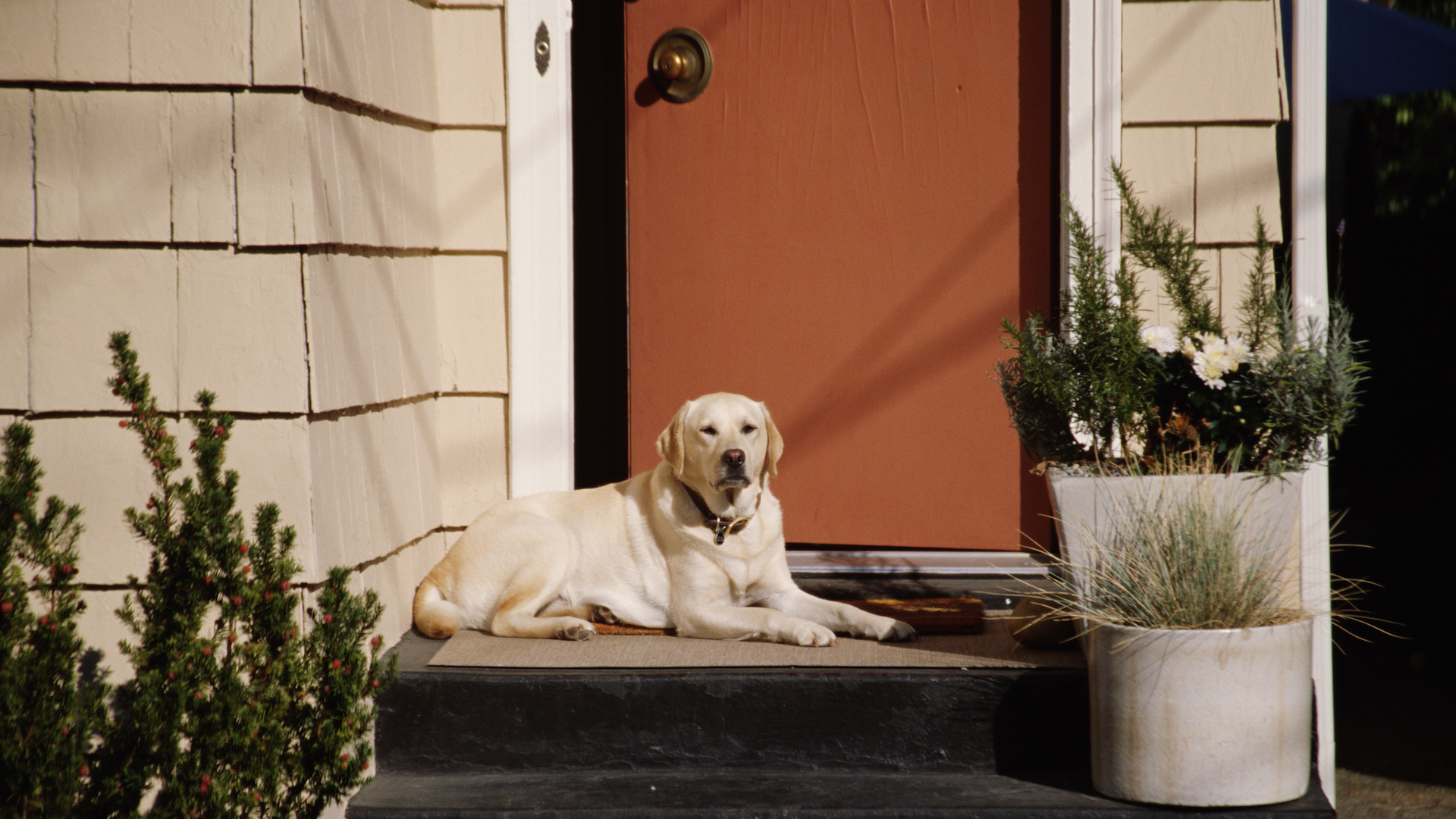
They are family-oriented and are staunchly loyal to their human pack. Although they are not aggressive, they will protect their tribe like a faithful bodyguard.
12. Labradors love to please
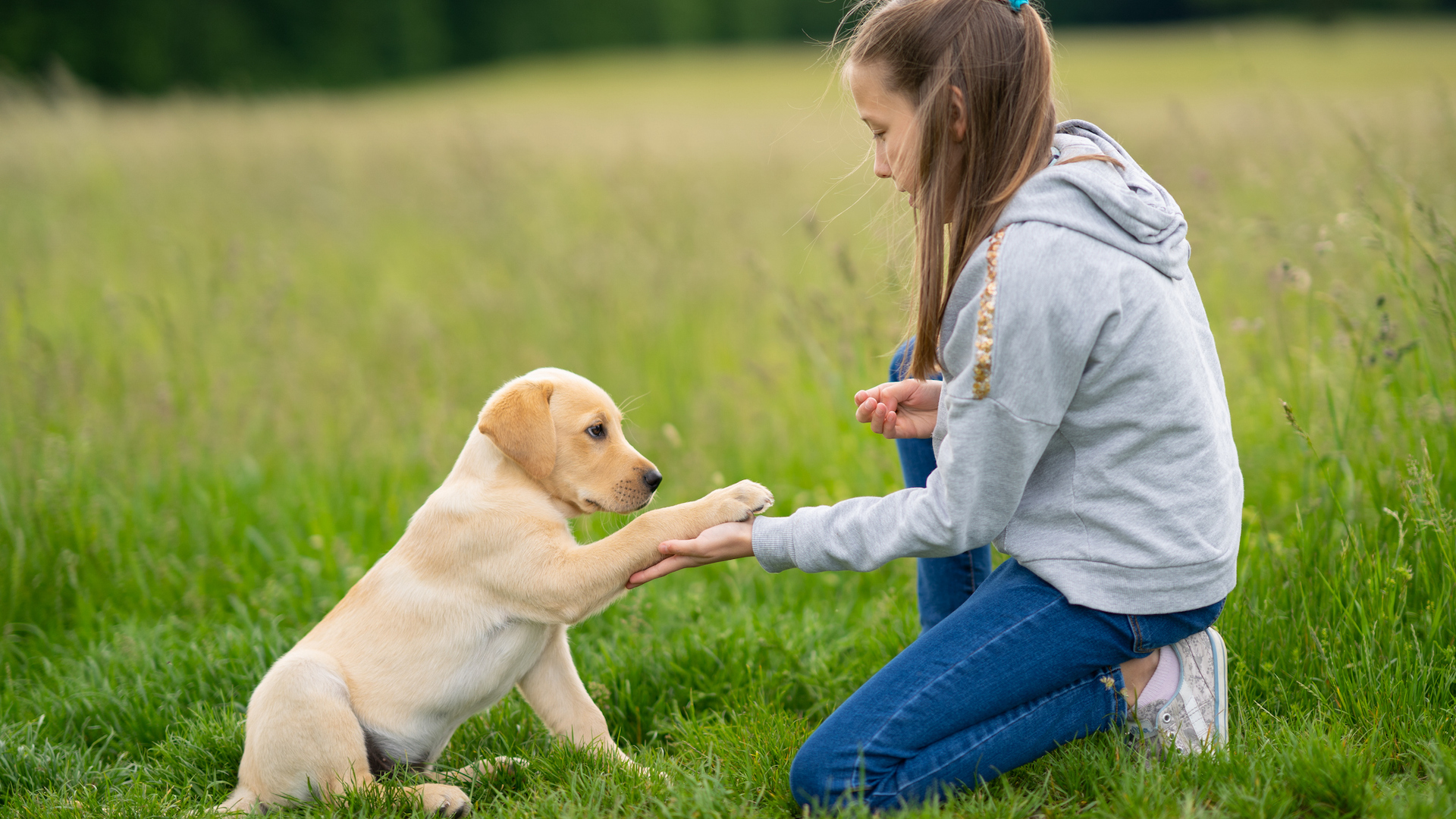
They say that a Labrador is born half-trained (and a spaniel dies half-trained), which gives you some indication of how biddable and trainable they are. Labradors love to please their handler, learn commands and lap up good training.
13. They have soft mouths
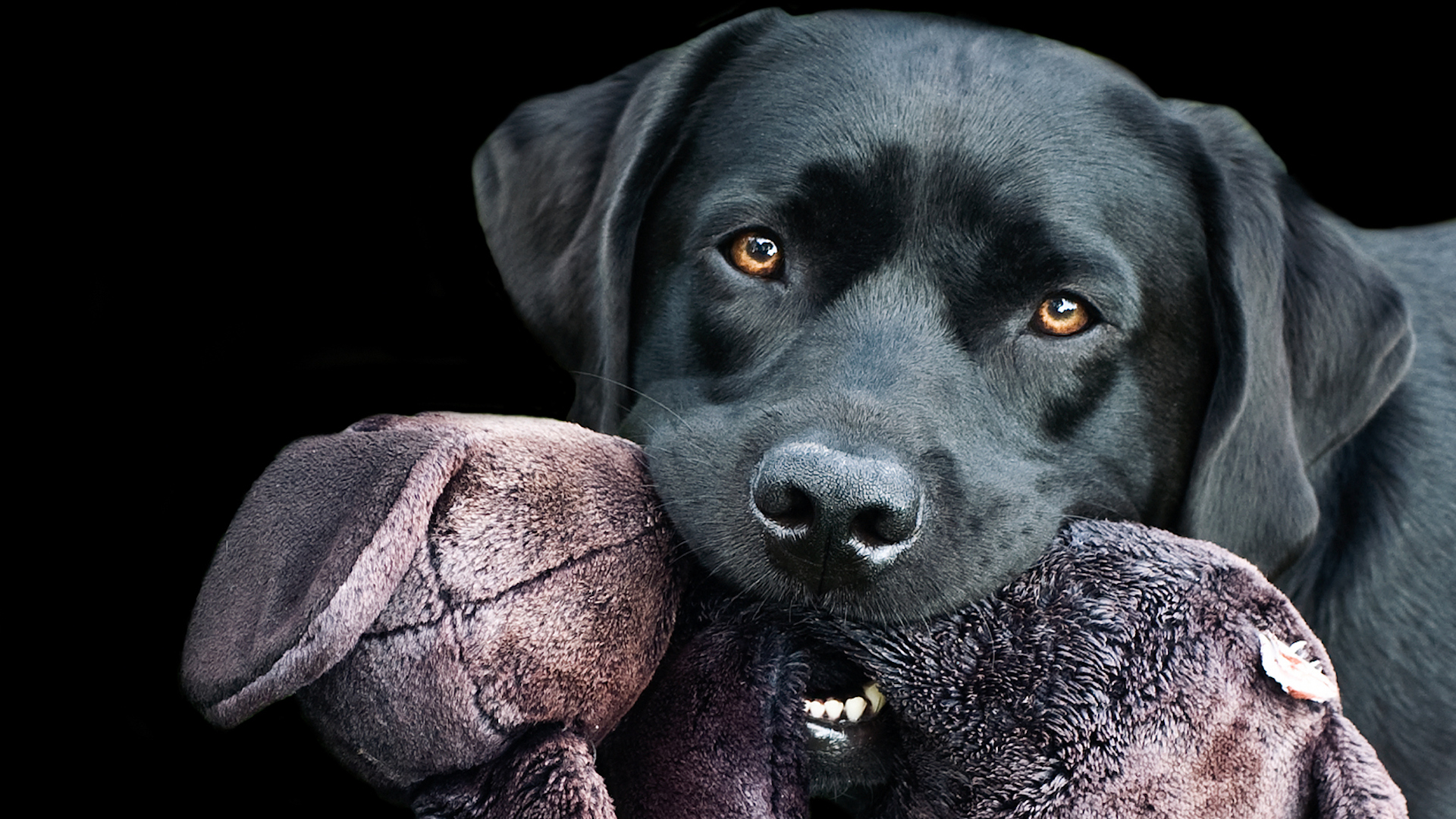
You may not be sure why this is such a virtue – but if you’ve ever tried to remove an inappropriate item from a dog’s mouth when they don’t want to let go, you’ll know how handy this asset is. Labradors were bred to retrieve prey without biting down into the flesh, so they were able to bring the duck, pheasant, rabbit, for example, back to the handler in pristine condition. This means a lab has exceptional control of his jaw muscles so that he doesn’t maul everything that goes near his teeth.
14. They're brave
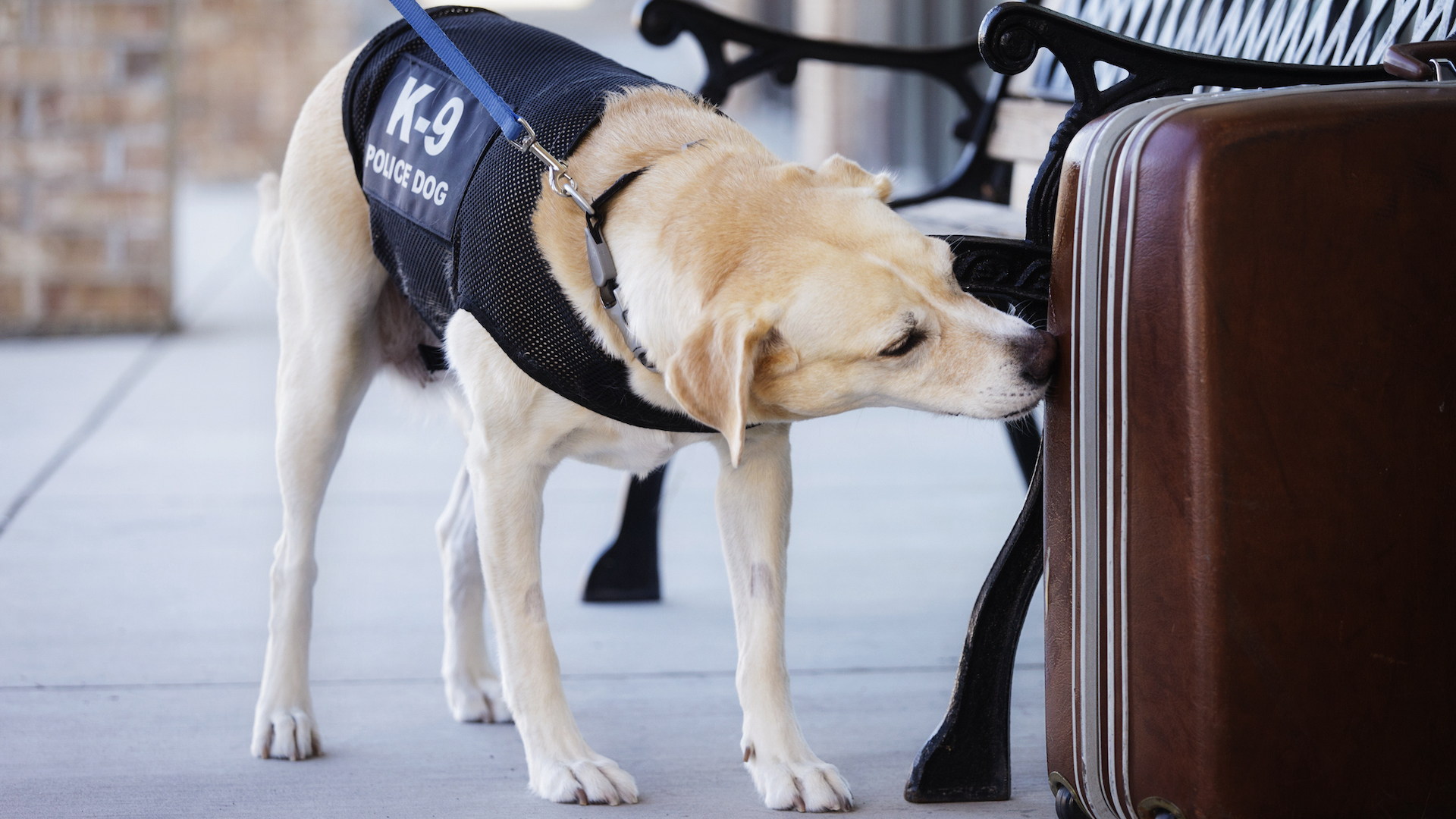
Labradors are used in the police and military to sniff out explosives, drugs and other sources of danger. And they will protect their own pack with equal care – though probably not with aggression.
15. Labradors don’t need intensive grooming
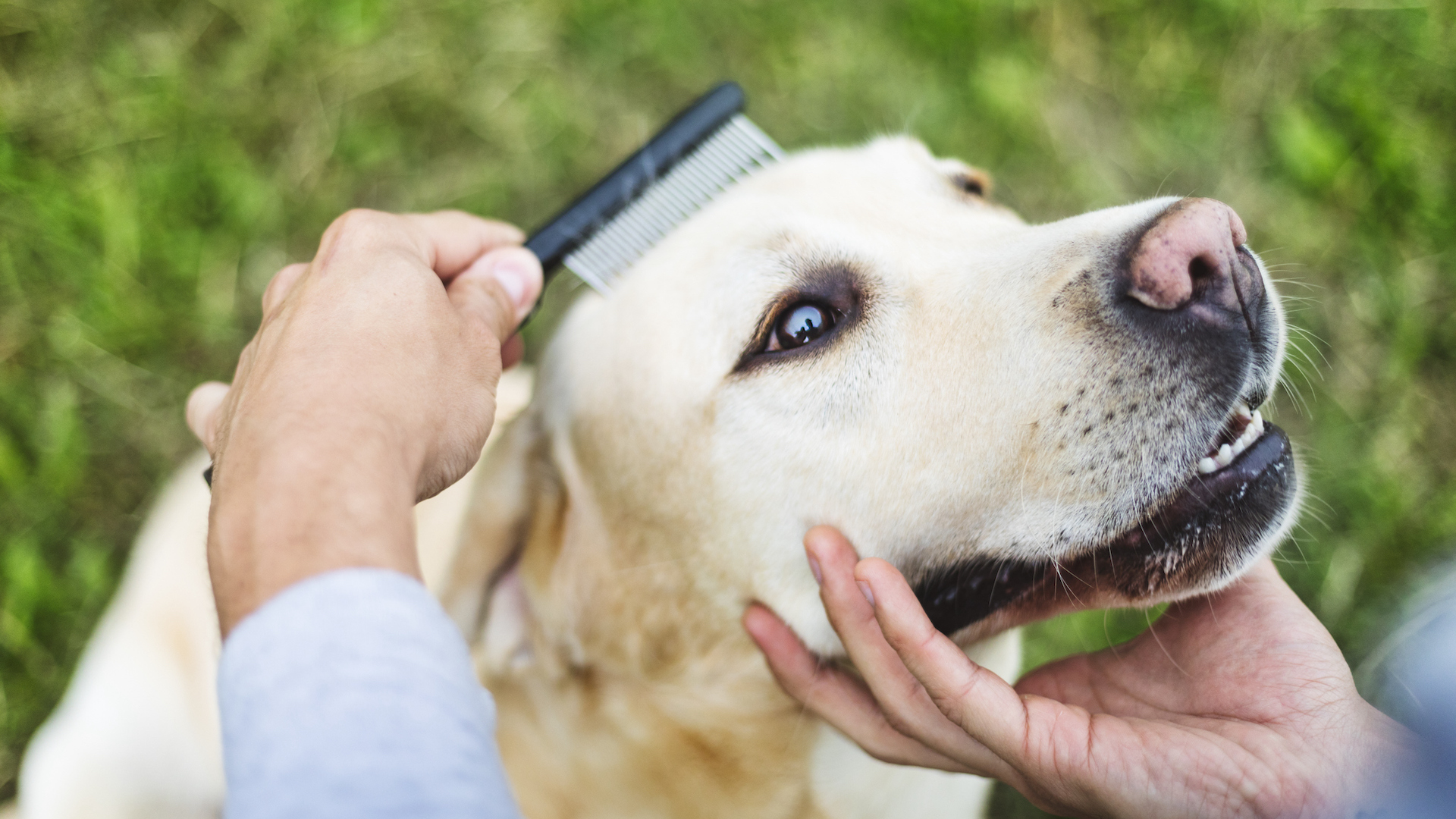
For a dog with a thick double-coat, their grooming needs aren’t too extensive. Yes, their coat sheds, but a good brush once a week will suffice and their hair doesn’t tangle. They don’t need expensive trips to the salon for clipping and combing.
16. They make great search and rescue dogs
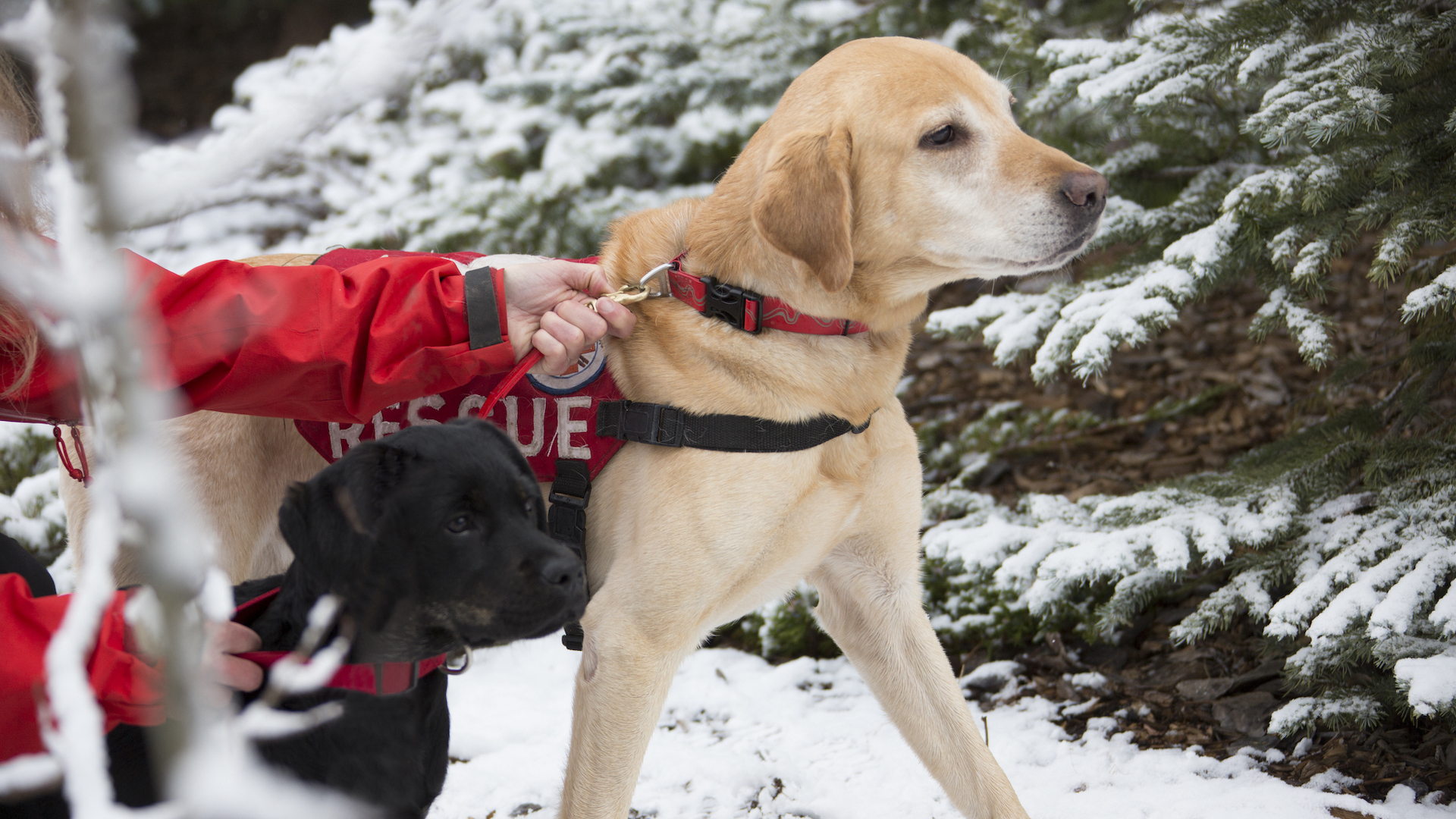
The breed is a natural in being trained to find people, such as missing persons, lost hikers, stricken climbers, avalanche victims and so on. Due their excellent sense of smell, great trainability and desire to work with humans, they are ideally suited to search and rescue work.
17. Therapy dogs are most commonly Labradors
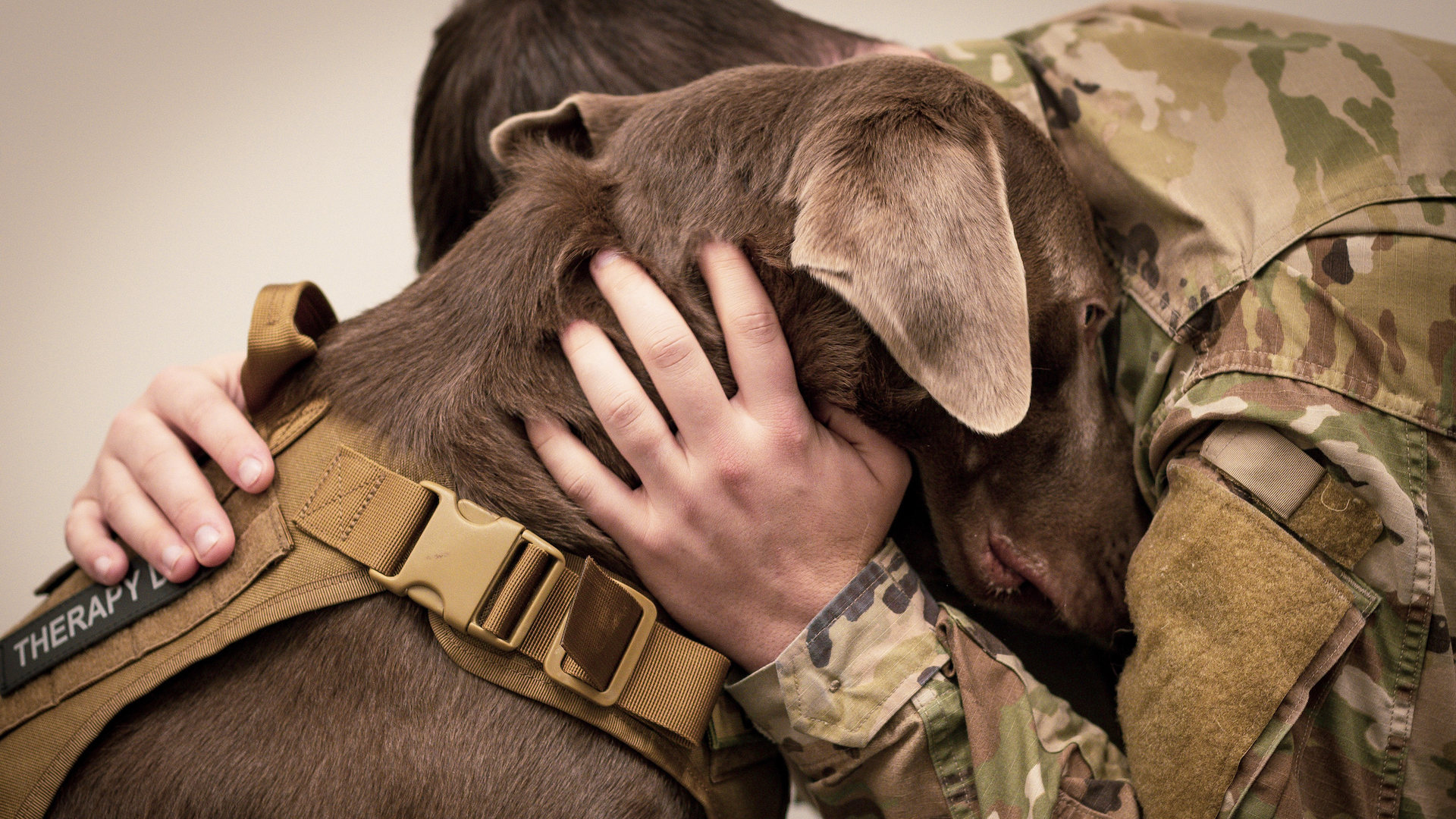
Due to their outgoing but gentle nature, Labradors are popular as therapy dogs. Interacting with friendly dogs has wonderful health benefits such as lowering blood pressure, slowing the heart-rate and regulating the stress hormones. As Labradors are naturally blessed with a calm and trainable demeanor, they are often trained to work in care homes, hospices, special schools, disaster recovery areas and other locations to help vulnerable or isolated people.
18. Labradors are good with other pets
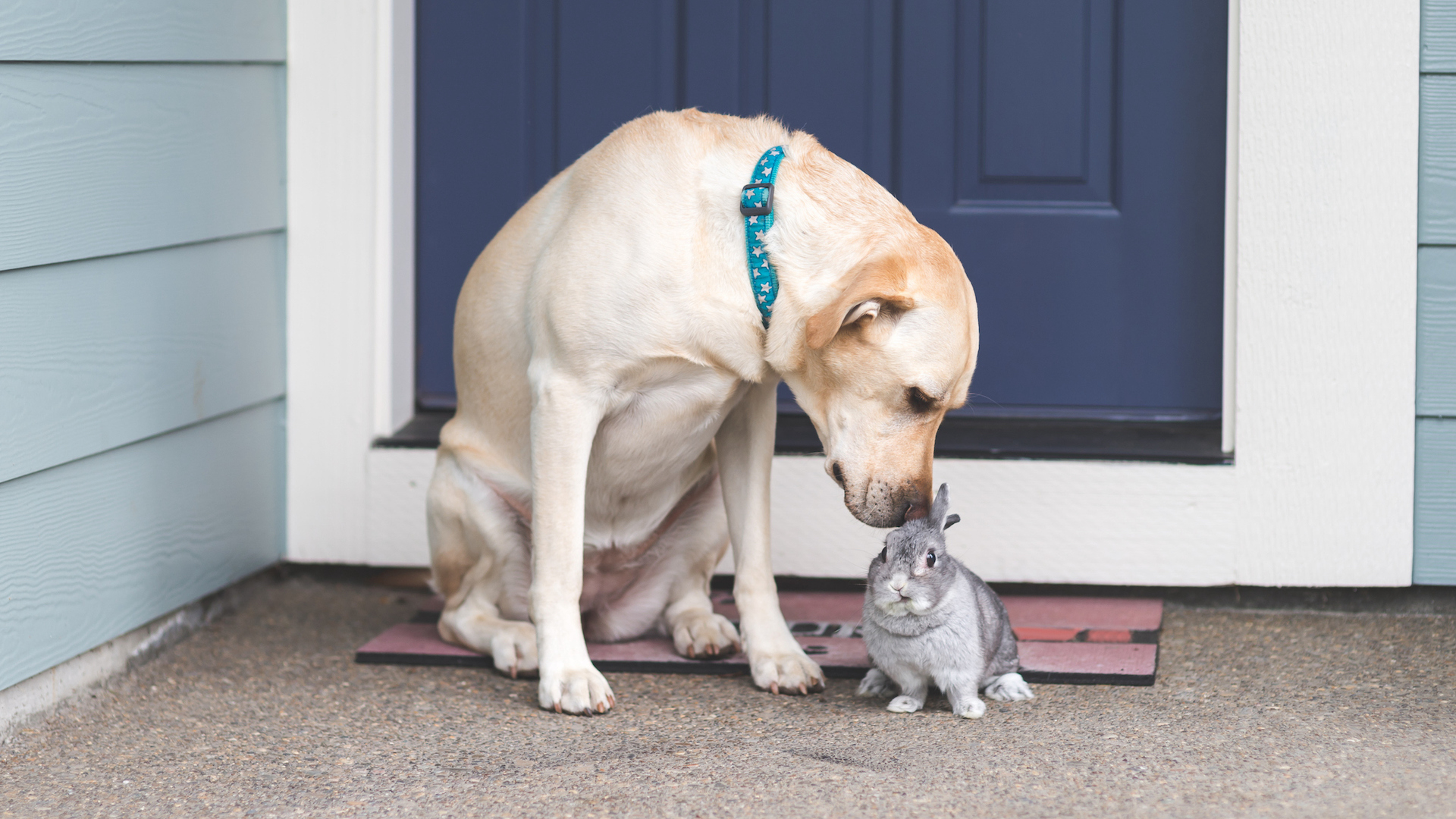
Labs are known to get along well with other dogs in the home – and even pets of different species. It‘s always best to introduce new dogs when they are young, or in a neutral space to avoid any territorial instincts. However, a Lab is normally just happy to welcome another member into the family!
19. Labradors are surprisingly agile
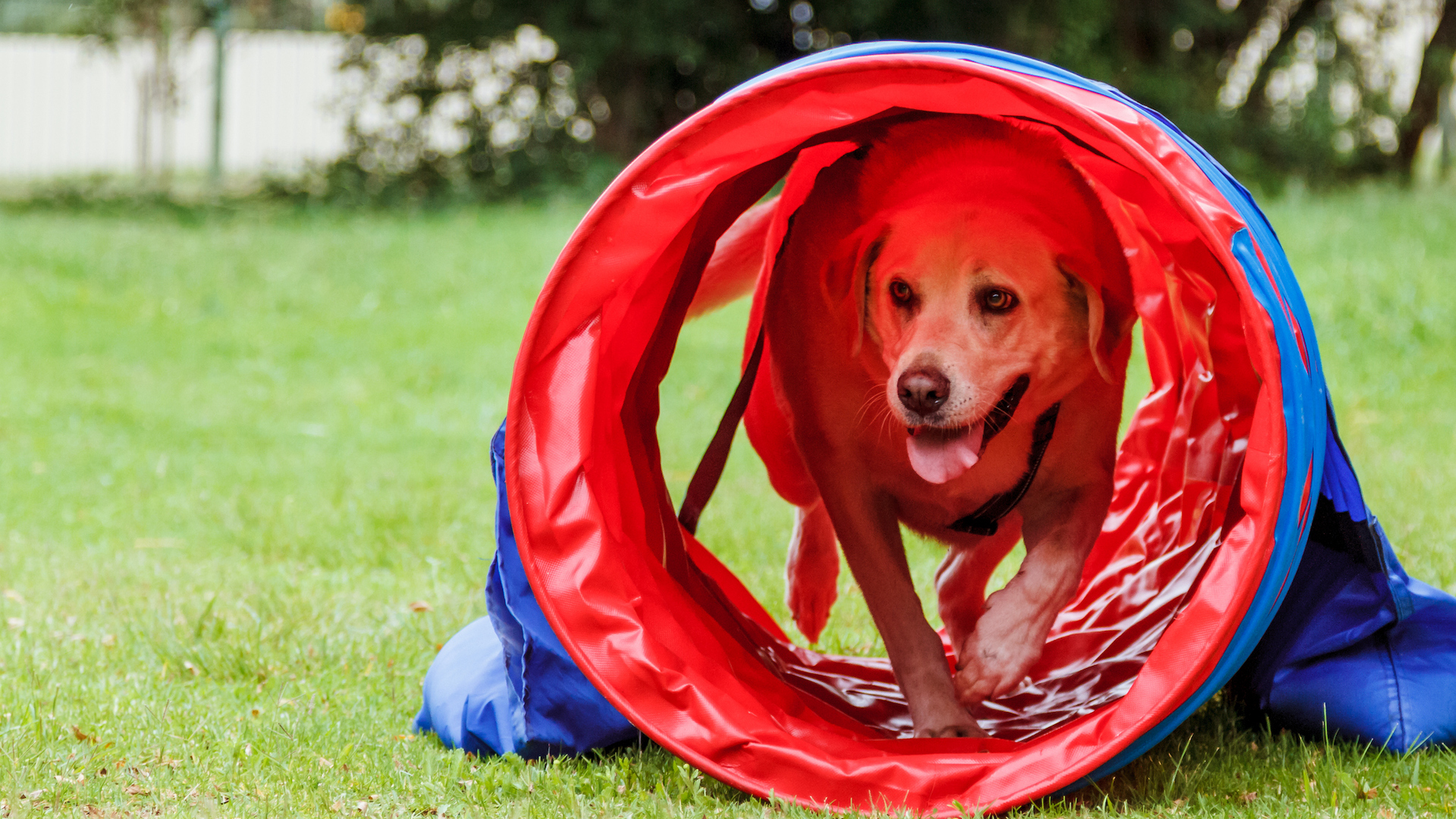
While collies are the supreme dog agility breed, Labradors have impressive agility for a dog with a larger frame. Naturally an athletic working breed, Labradors excel in agility classes where their trainability and desire to listen to their handler’s commands comes to the fore. In 2013, the first Lab won the American Kennel Club’s national agility title.
20. Labradors are the choice of presidents
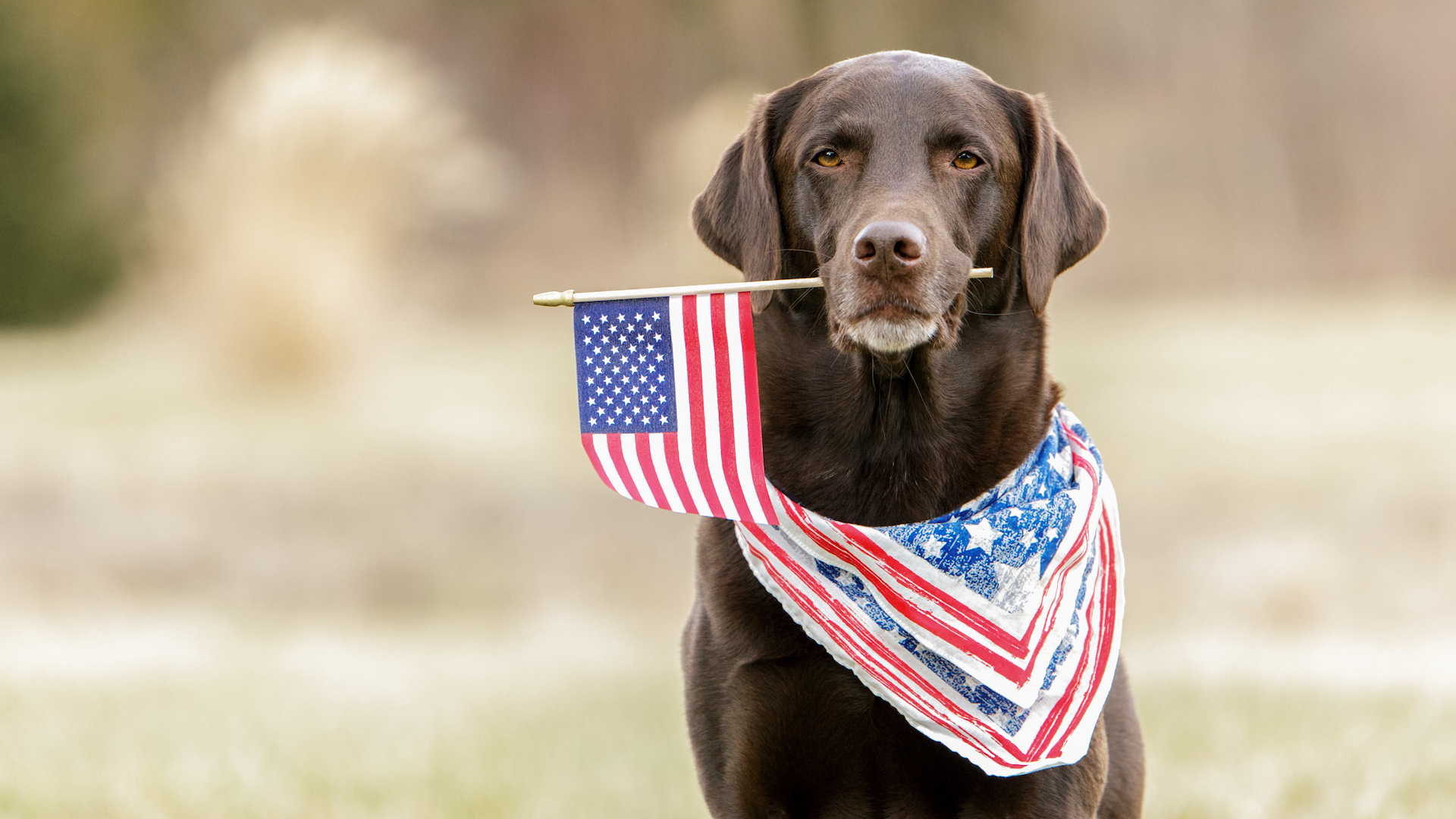
Sully, a yellow Labrador retriever service dog for disabled military veterans, was the choice of former US president George HW Bush during the last six months before he died in 2018. He attended his funeral, drawing international attention.
Chocolate Lab Buddy and Seamus were President Bill Clinton’s pets, while President Vladimir Putin used to have a black Lab called Konni.
21. They have the royal seal of approval
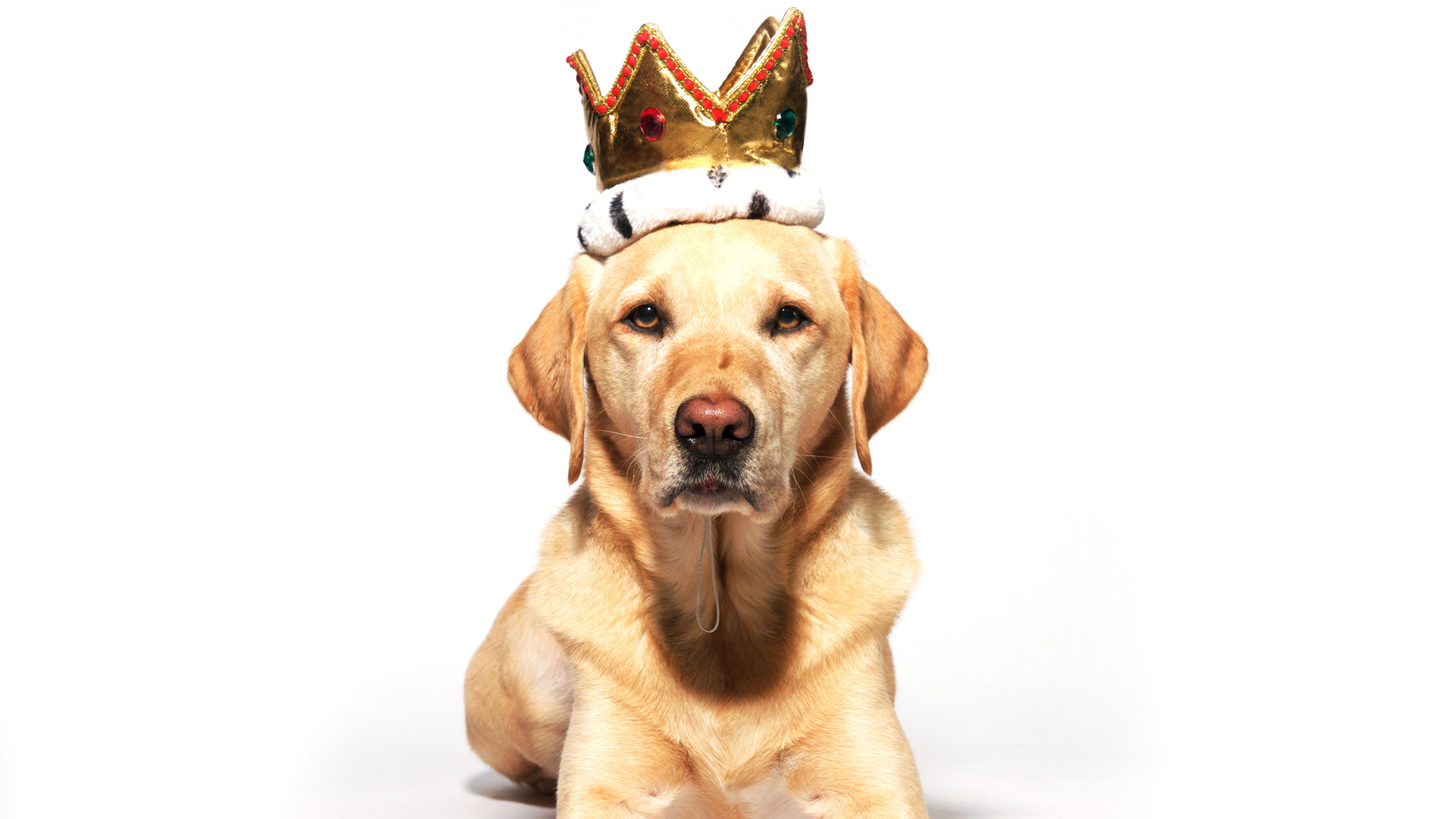
Prince William’s childhood dog was a black Lab going by the name of Widgeon (a duck). The dog was given to William by his mother, Princess Diana, shortly before she died.
King George V owned and bred Labradors, under the Wolferton affix, which used to win at the prestigious British dog show Crufts, while King George VI kept yellow ones.
The late Queen’s first dogs, Sabre and Snare, were her first working gundogs – black Labs, and she continued to breed under the Sandringham prefix. Her daughter the Princess Royal is also a fan of black Labs and keeps them at her estate in Gloucestershire.
22. They're the perfect size for a dog
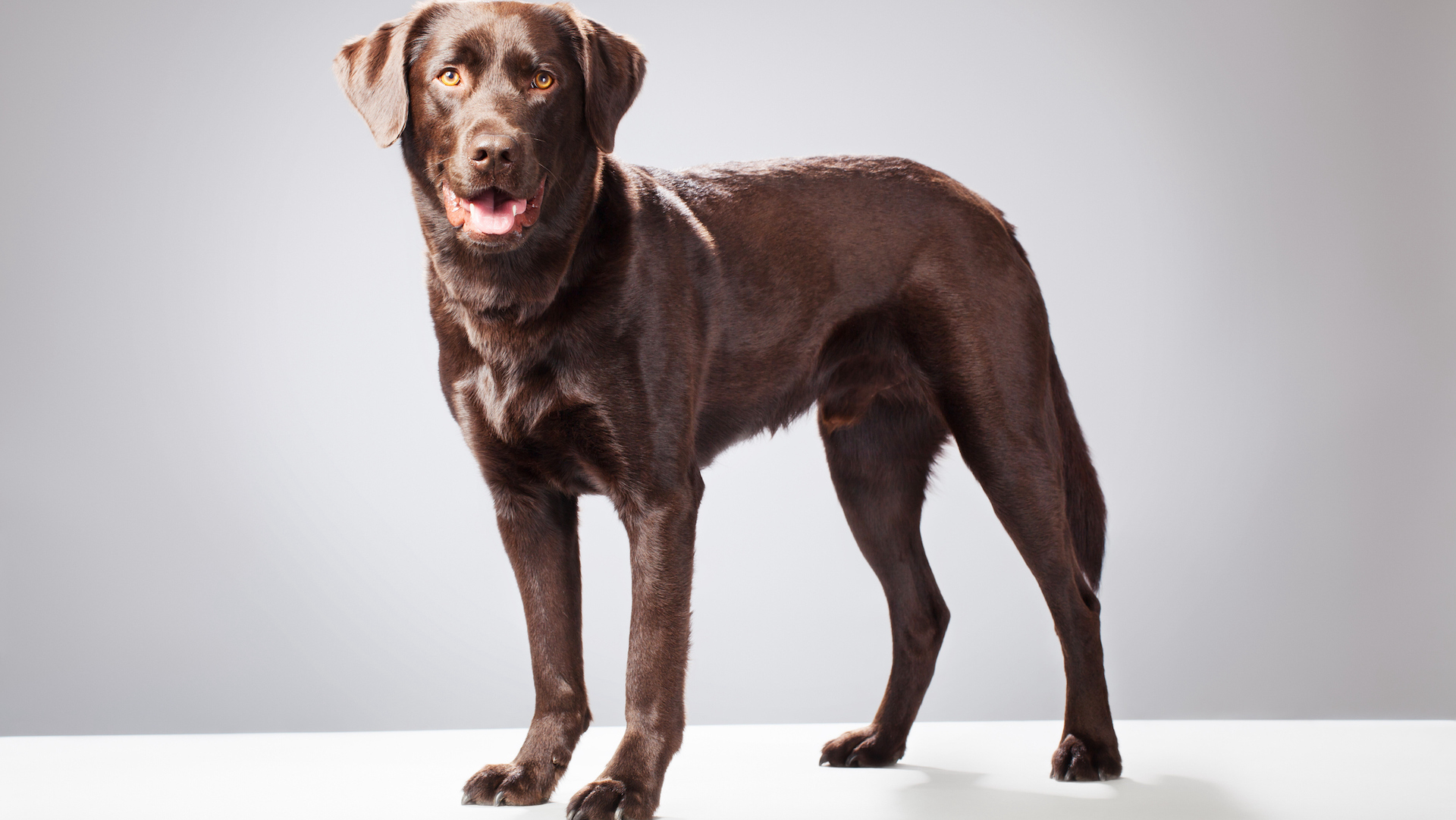
Not too big, not too small, just right. The breed specifics are height at the withers for a dog of 22½ to 24½ inches; for a bitch 21½ to 23½ inches. Approximate weight of dogs and bitches in working condition: dogs 65–80lb; bitches 55–70lb. This makes it a medium-sized dog, perfect for nearly everyone.
23. They don’t enrage the neighbours
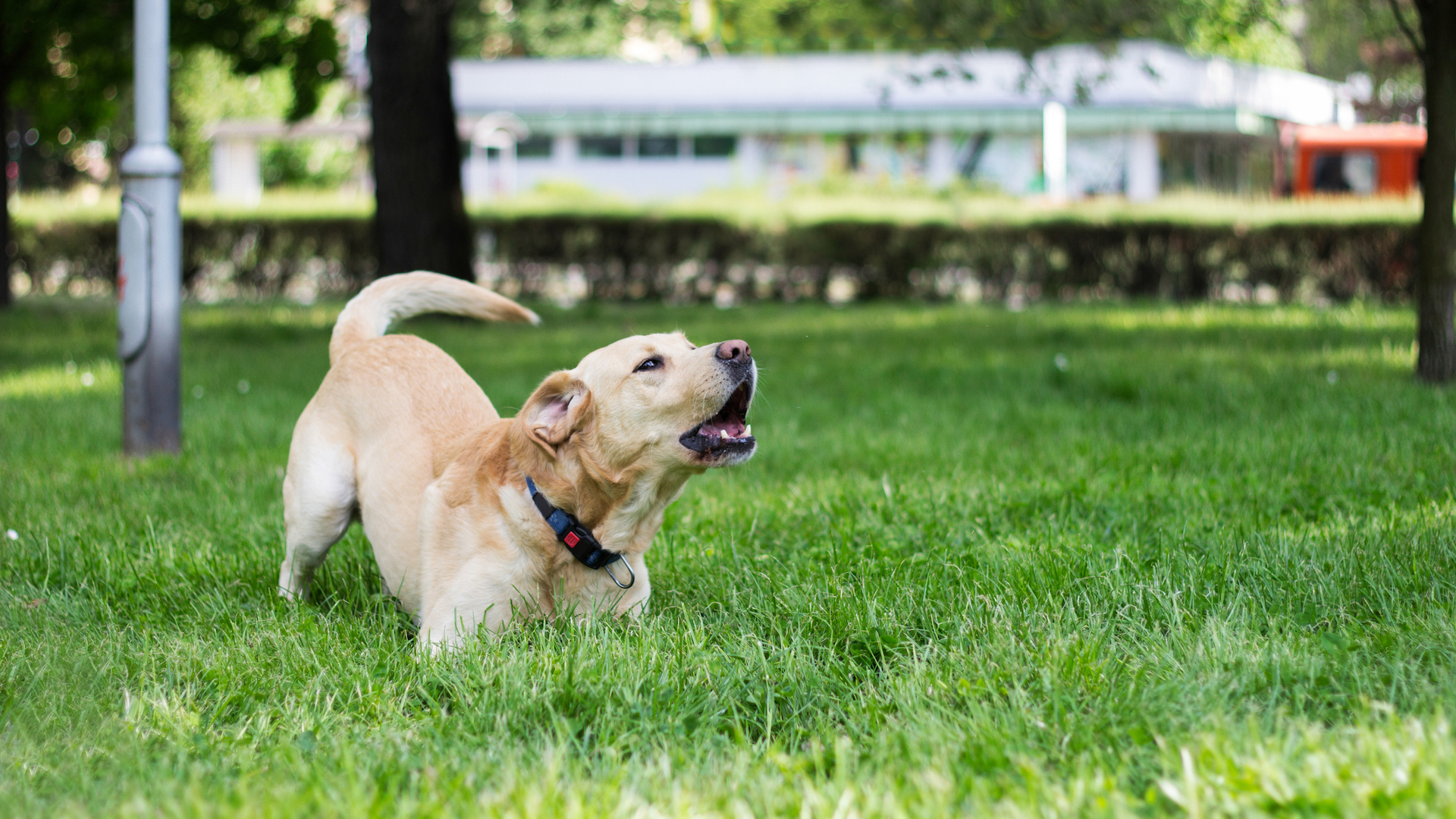
Labradors aren’t needy. Although they can bark, they rarely do so excessively. They aren’t typically yappers, whiners or nuisance barkers, and they don’t usually howl. This should put you in good books with your neighbours.
24. Everyone loves a Lab
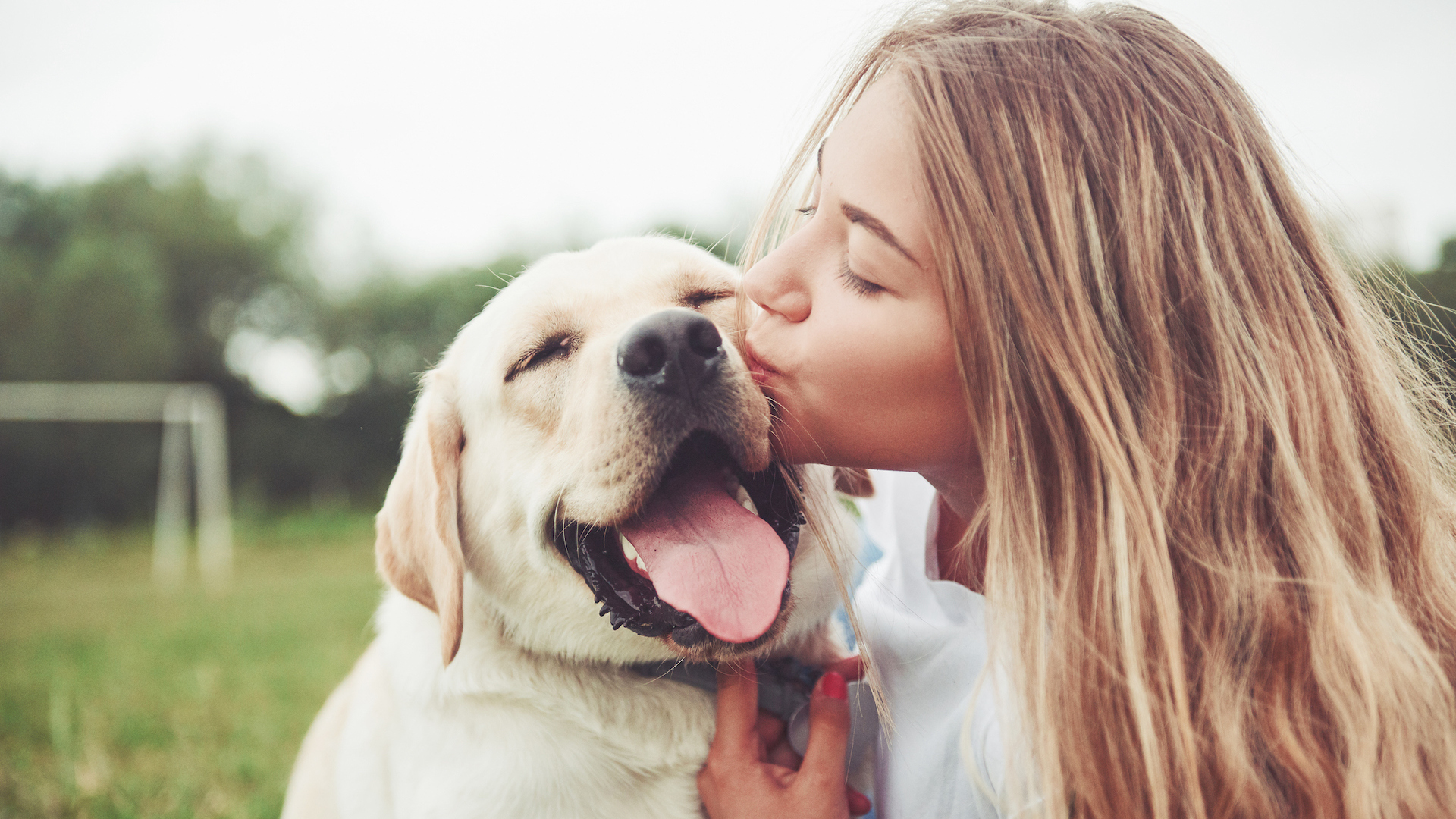
They are the most popular dog in so many countries around the world, including the UK, Australia, Canada, Israel and New Zealand – and for 31 years of the past 32 years – the US. Millions for dog owners can’t be wrong.
25. Labradors are perfect for a cuddle
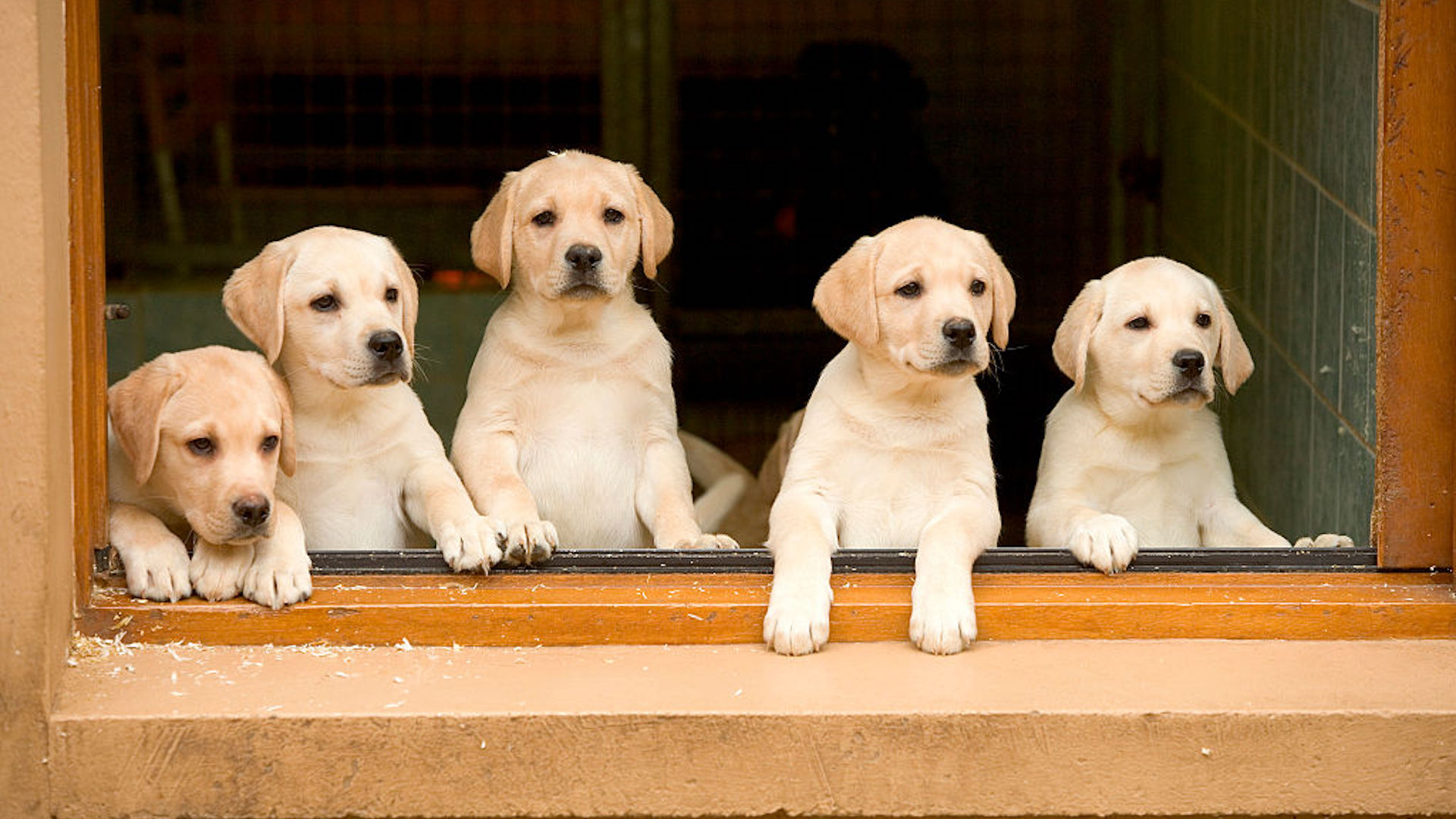
If you have ever seen the “Andrex Puppy”, an adorably soft and fluffy yellow Lab puppy used to advertise Andrex (Kleenex Cottonelle) brand of toilet tissue, you’ll know just how ridiculously cuddle-some these pups are. They simply demand snuggling.
26. A Lab doesn’t mind who looks after them
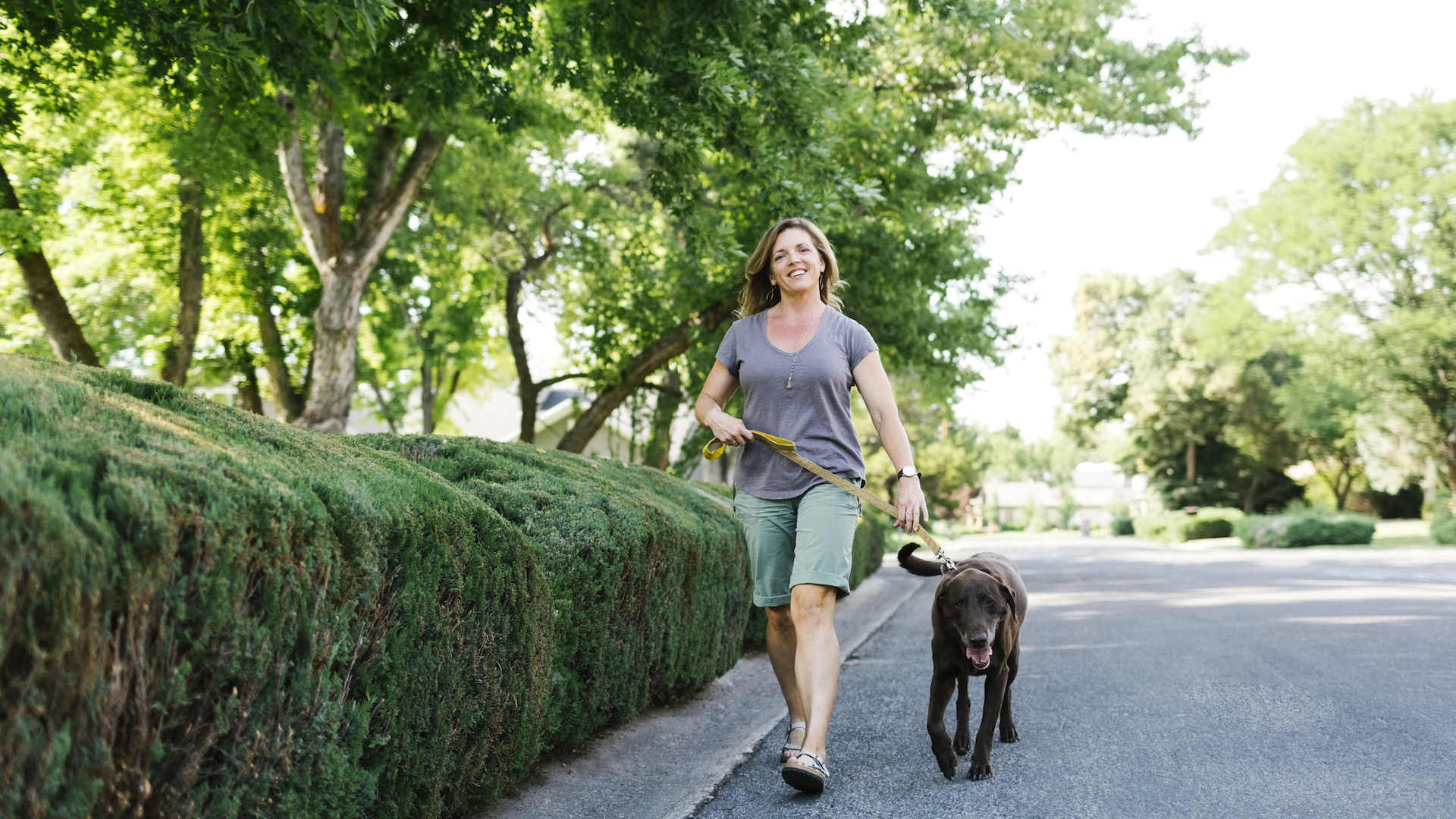
This is a great asset for when you want to go on holiday and leave your Lab with someone else. As the key to their heart is their stomach, as long as they are well fed and exercised, any sort of company will do. While of course they love their own pack, they slot well into any other, being so friendly and self-confident. The story goes of a Lab who went missing in a park, and was reunited healthy and well a fortnight later with his owner, having had a jolly time with a taxi driver who picked him up as as stray and fed him mince and crisps!
27. A Lab is always up for anything
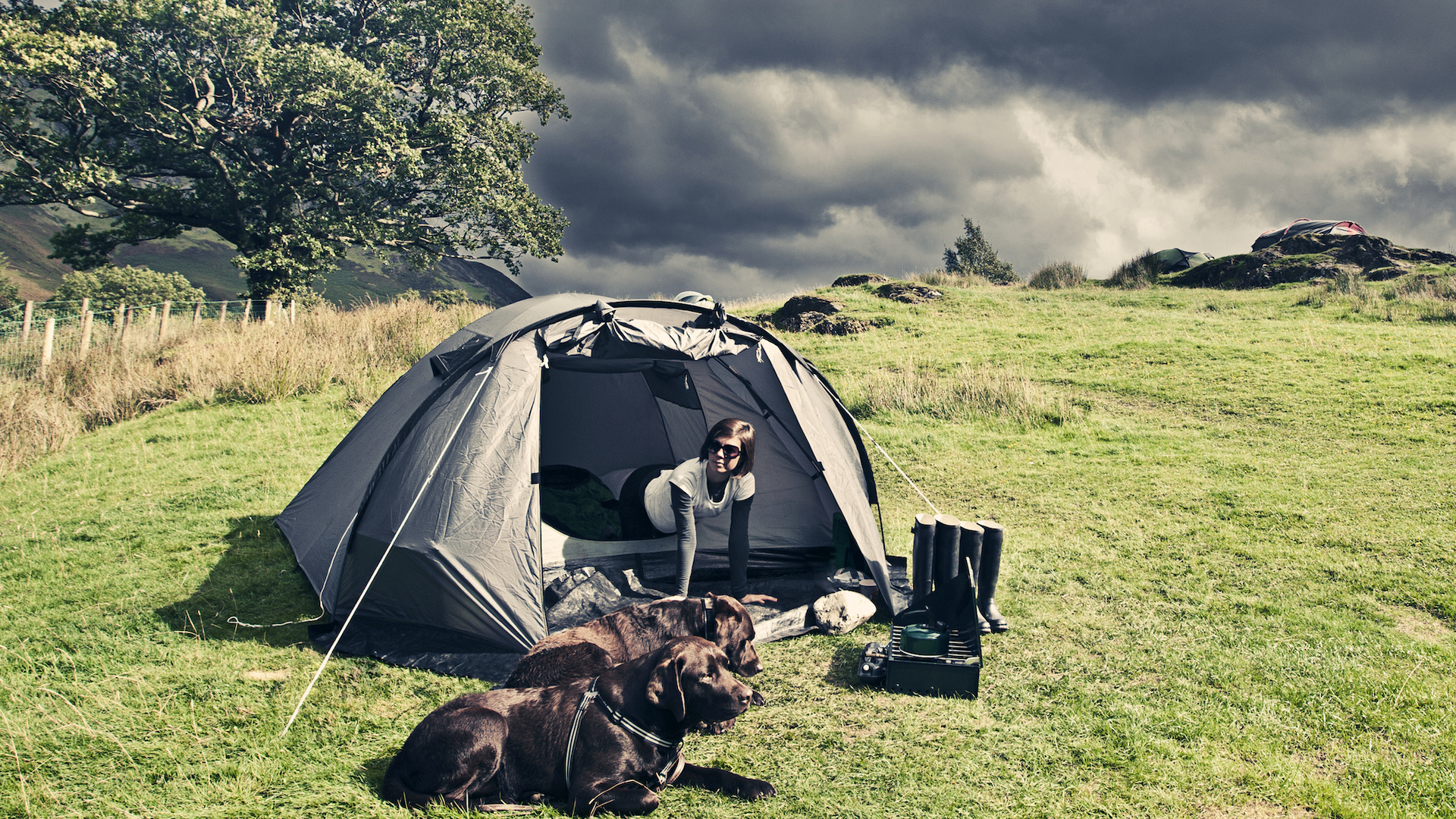
Due to their heritage as a working dog, a Labrador is always keen for sport. They never turn their nose up at a walk in the pouring rain, a 20-mile hike, retrieving a ball from icy water or a week’s camping in clement weather. And they will always wag their tail and ask for more. They are the ultimate yes-dog.
28. A Labrador’s constantly wagging tail is really rather special
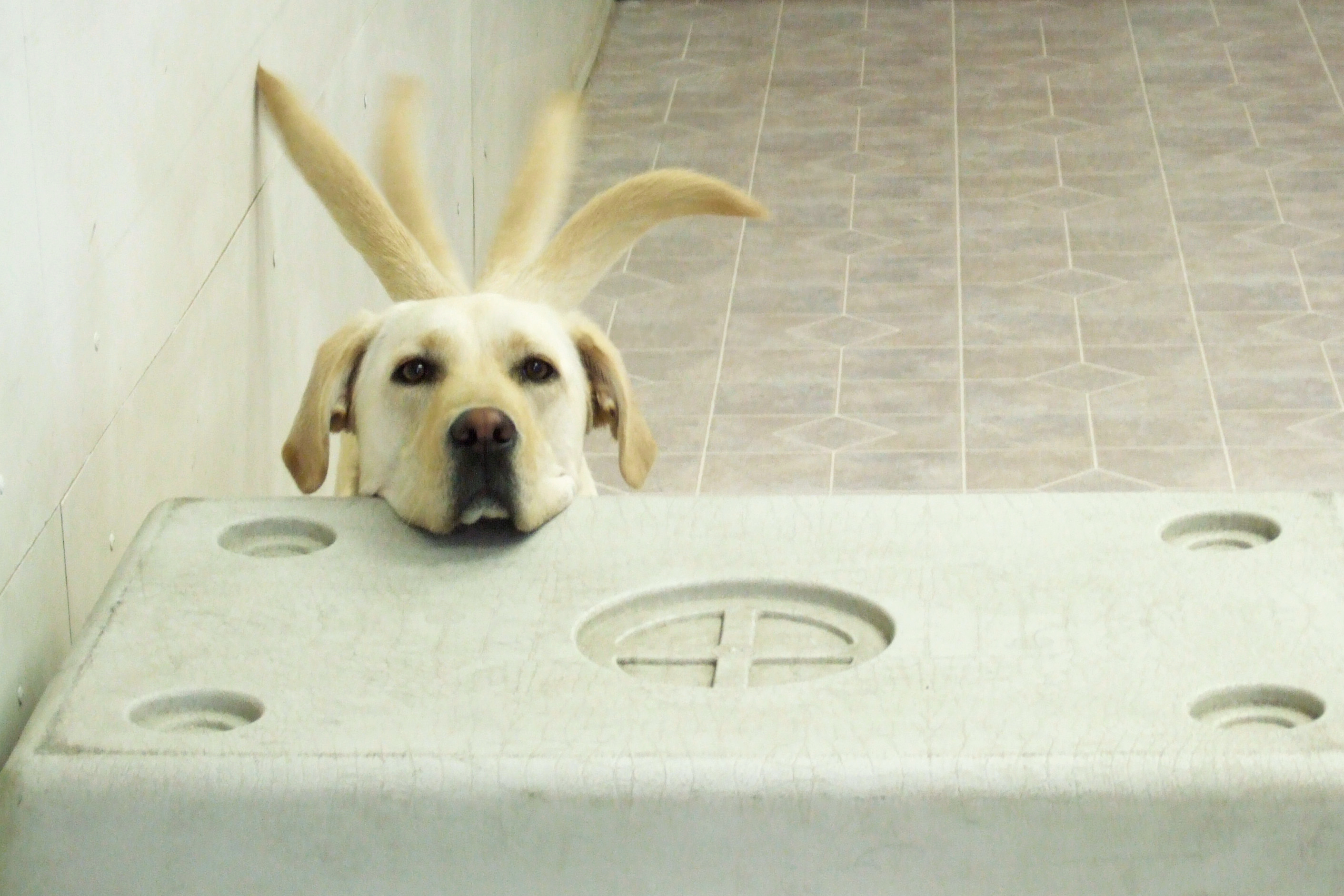
A hallmark of a Lab is their “otter tail”, which is thick and tapers gradually towards the tip. They don’t have much feathering (unlike the Golden Retriever), but their tail is covered in a dense fur, like an extension of the fur on their body. This rounded appearance gives the name “otter tail” as it resembles an otter’s and – like that semi-aquatic mammal – it also helps them to swim well, used as a rudder in the water.
29. You rock their world
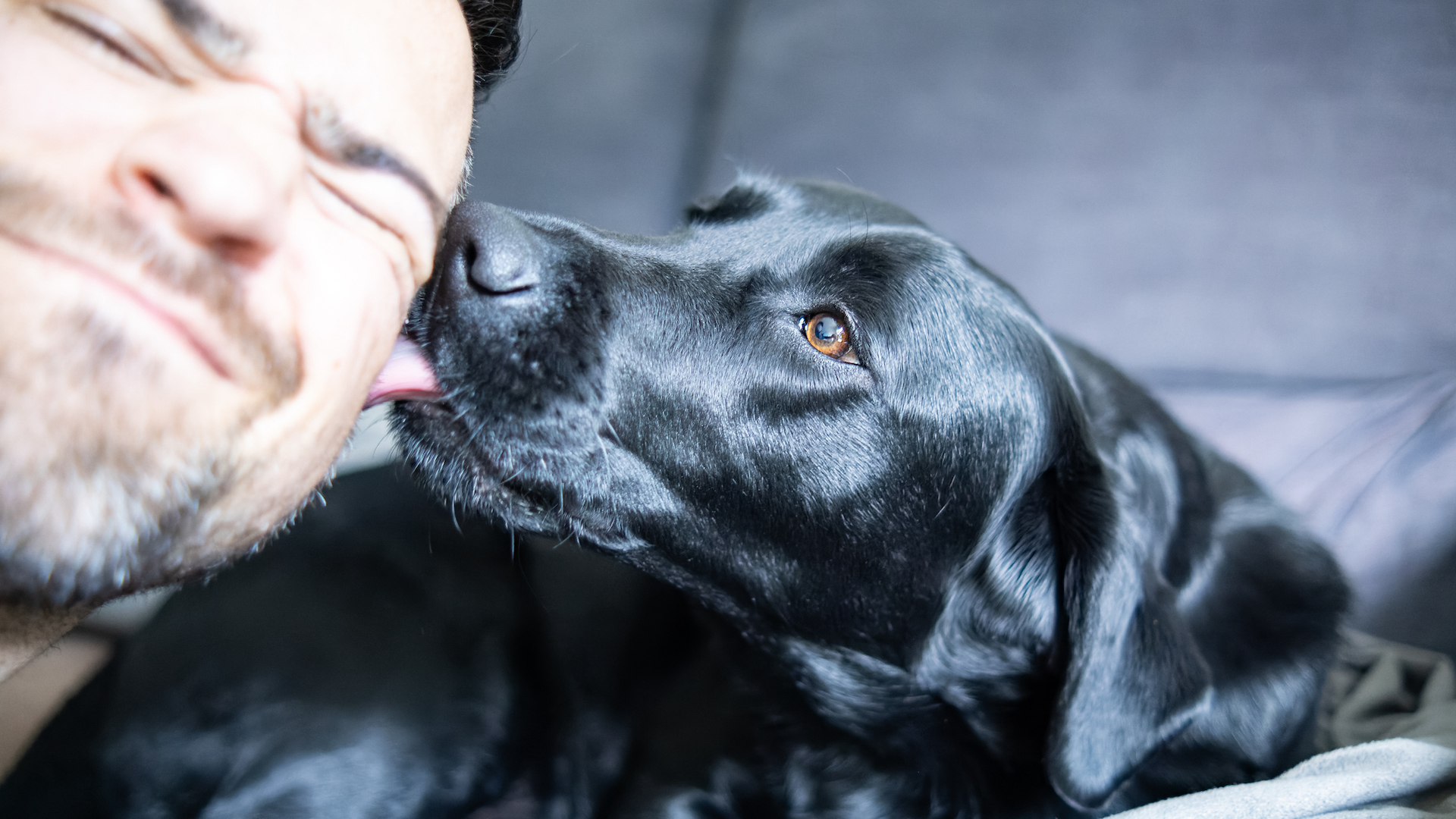
Every time you step back inside your home, you are assured of a hero’s welcome. Labradors are naturally super-friendly to everyone, but most of all their master, who will be greeted like a long-lost best friend whenever he returns home – even if he’s only popped out for a pint of milk.
30. Labradors are cute
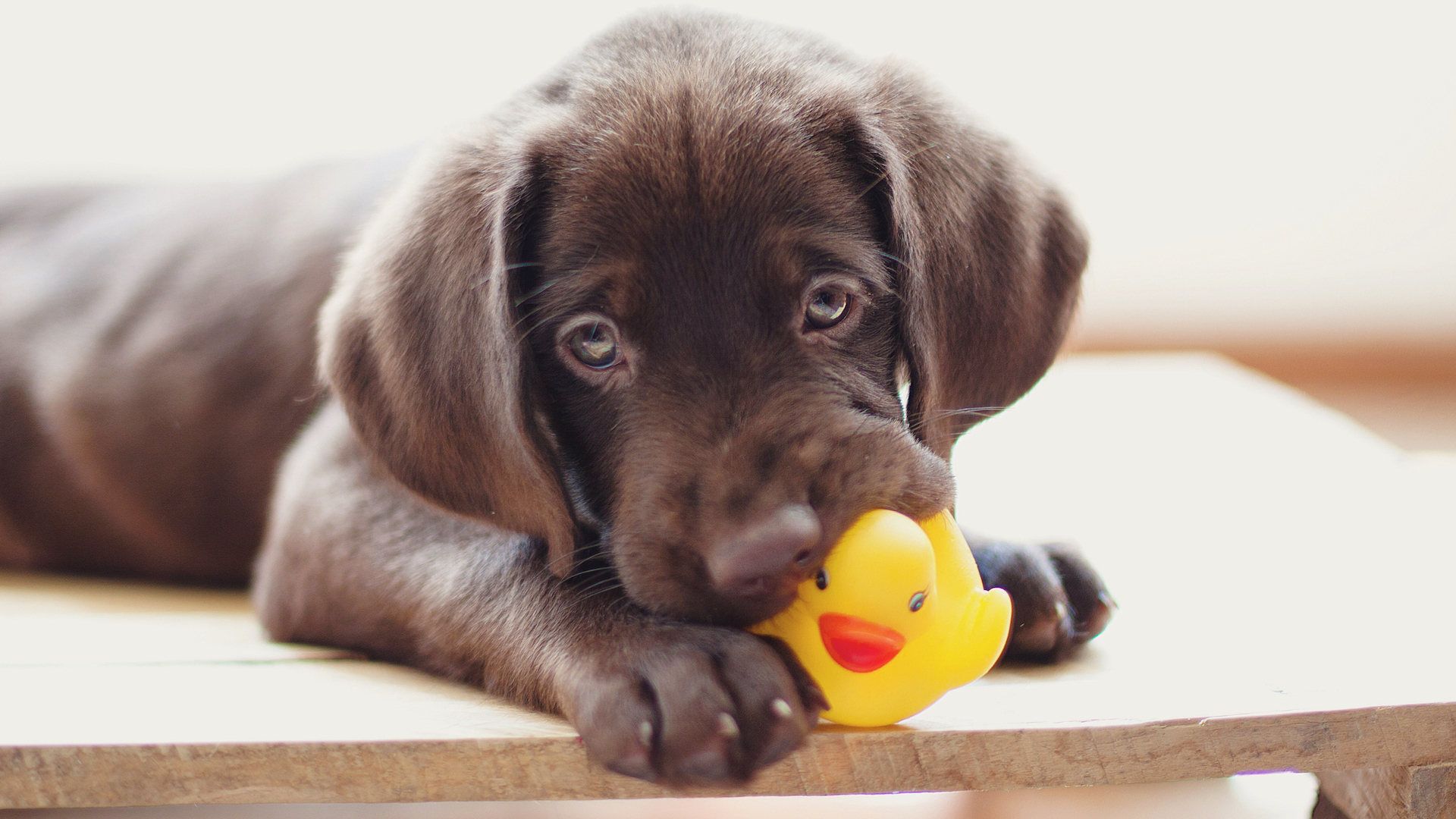
Look up cute dog and what do you get? A screen full of Labrador puppies. Need we say more. All the more impressive given that they don’t fit in your pocket – in fact they hardly fit on your lap, not that they care...
31. Labradors are never fussy eaters
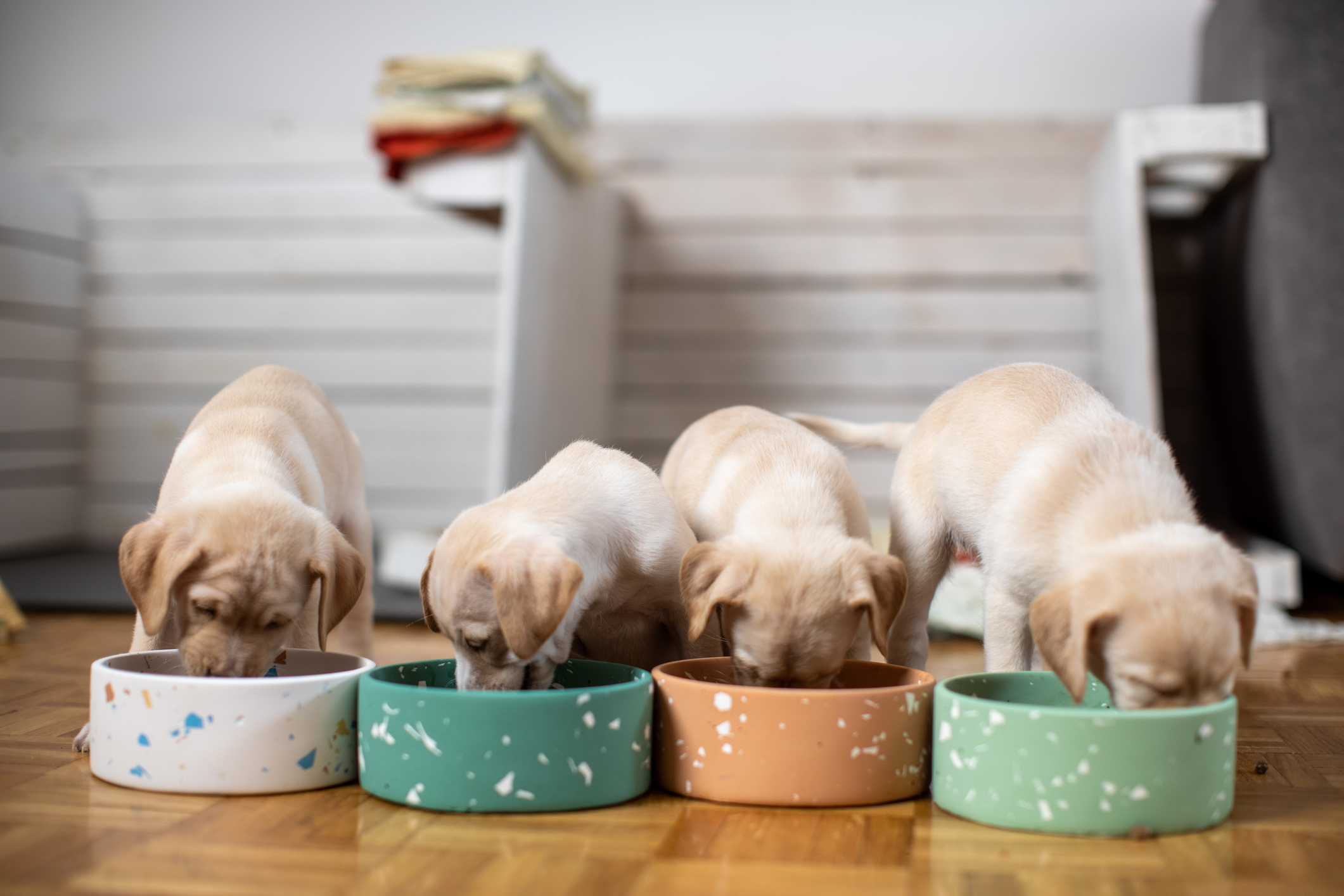
This breed typically eats anything and everything (so make sure you don’t leave the lovingly prepared family boeuf bourguignon within striking distance). The way to their heart is through their stomach. So no worrying about what they will and won’t eat, whether you’ll keep the weight on them, whether they’ll finish their dinner. They will.
32. A Labrador will boost YOUR fitness
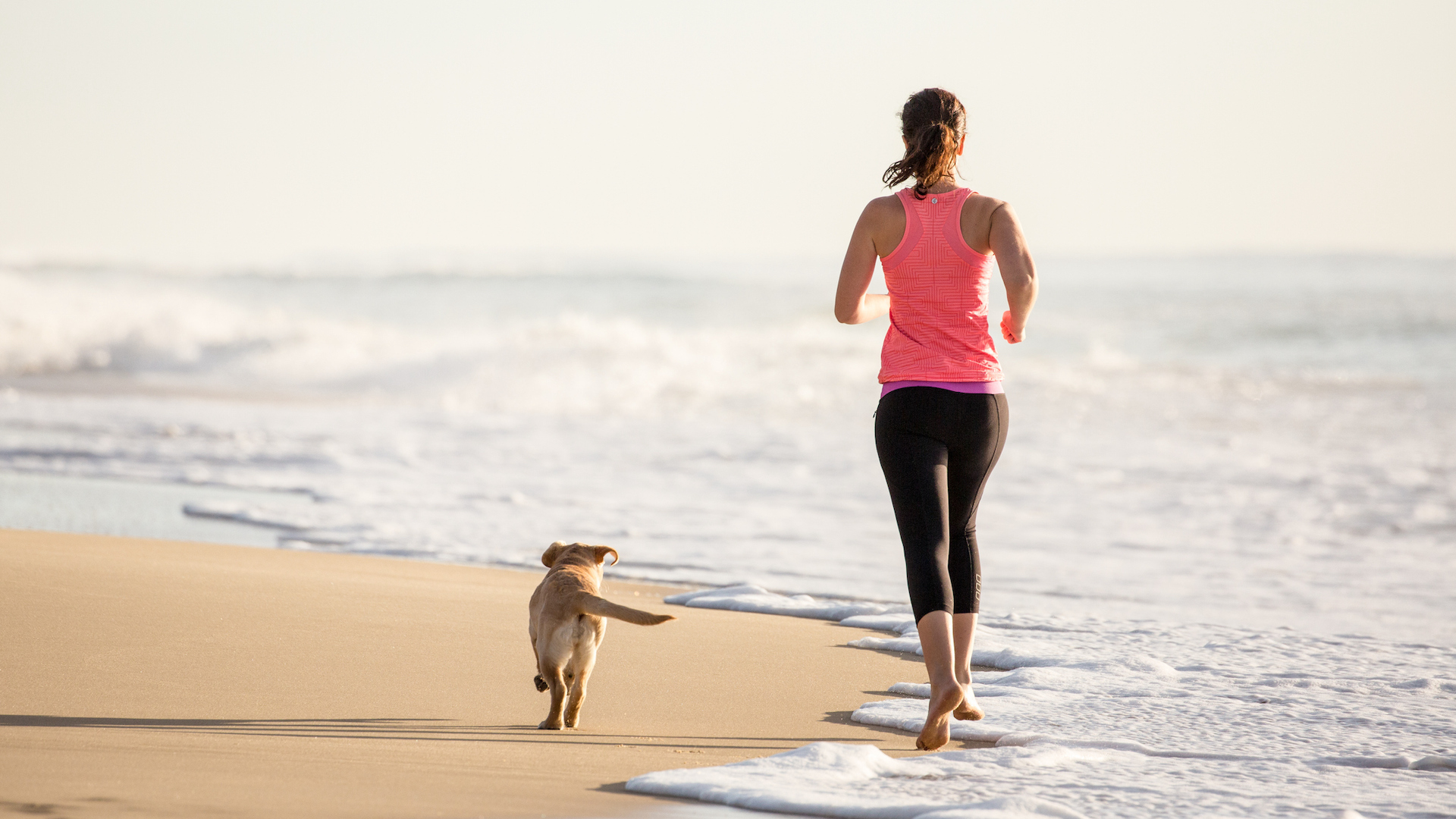
These dogs are high-energy working dogs who require plenty of exercise each day. Adult Labradors should have up to two hours’ exercise today, though this can be split. This is a decent workout for the average person, so most Lab owners (with fit, athletic pets) are in great shape. Of course, you can play fetch at the riverbank if you need to take a break...
Did you enjoy this article? Check out which are the friendliest dog breeds around.
Martha is an experienced journalist working in both print and digital media. She specializes in the canine, equine and rural sphere where she has covered a wide range of topics from cloning animals and the ingredients for a perfect yard dog, to helping owners find the best canine GPS trackers on the market. When she’s not busy writing about dogs and horses, she’ll be found either aboard a horse or looking after the menagerie of pets in her care.
